DEV LOG 3
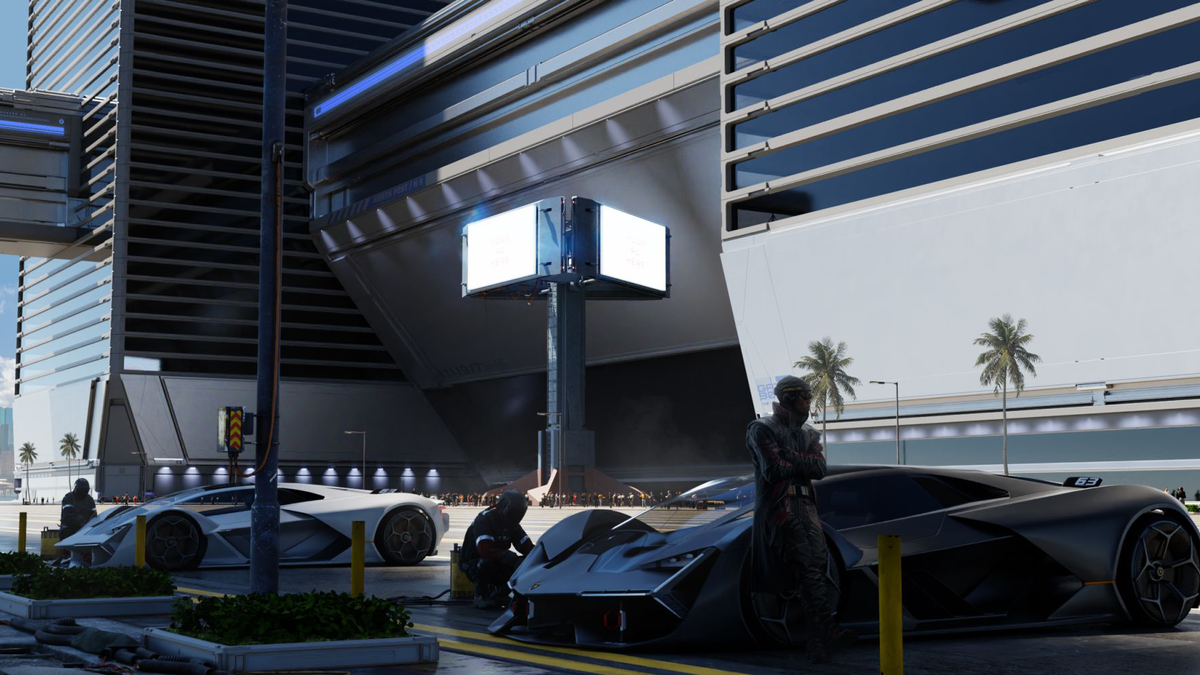
Greetings Wilders:
Wilder World has entered a phase transition.
In the last three months we have gone from a set of interconnected digital assets, industries, protocols and experiences, to delivering a super fun, always on, next-gen gaming experience inside the Wilder World metaverse.
To quote William Gibson: “The future has already arrived — it’s just not very evenly distributed.” Wilder World’s first live experience is here — it’s just not been distributed yet. In our fourth official Dev Log we explore Midnight in Wiami (MIW), taking you behind the scenes on our road to the metaverse.
Without further ado.
The Road to the Metaverse
Our primary objective in 2023 was to deliver Wilder World’s first playable game — Midnight in Wiami (MIW). Shortly after our showcase at Gateway Miami Art Basel, we launched our first live experience with a small community of Wilder Allies, across a diverse set of systems and geographies.
As part of our process we have created both quantitative and qualitative feedback systems, to ensure that the game is fun, works well, runs correctly and can scale from an infrastructure perspective.
The current minimum requirements for MIW is an Nvidia GeForce 3080 or equivalent, with at least 32 GB of RAM. By exception, we are allowing some players with lower system requirements, in order to test the game at different performance thresholds. In the future, we do plan to support browser streaming, which will open the experience to a much larger set of players.
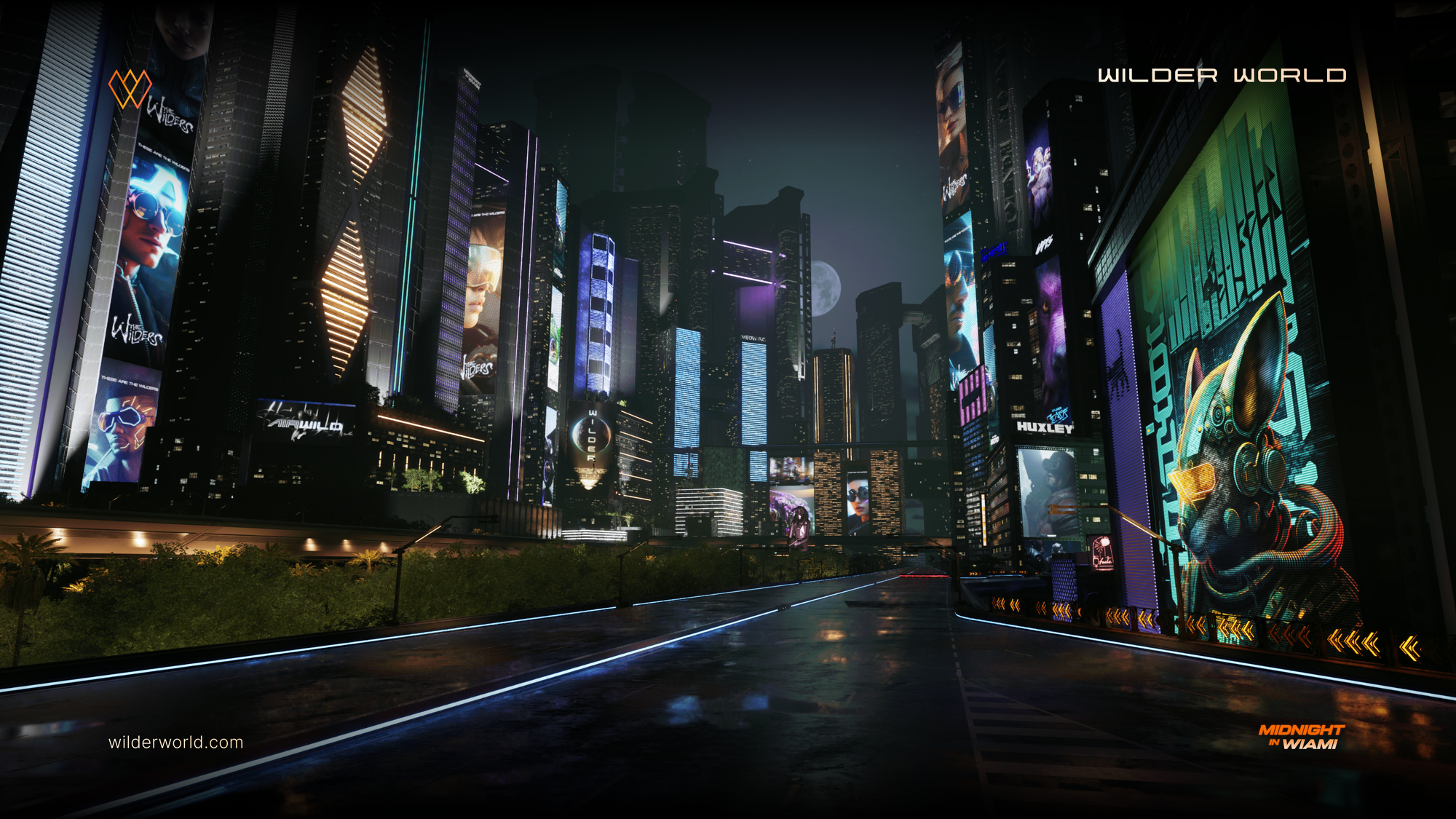
When Wilders are playing MIW they are already inside the Wilder World metaverse. They are not in a sandbox experience, or separate source code repository. The map and functionality is intentionally constrained and designed to open as systems are fortified.
This is a subtle but important distinction between how most projects are building towards the metaverse. The primary challenge in building a large scale persistent universe is not the constituent parts or individual components, but ensuring that when combined, these pieces don’t crash your GPU. At a systems level there are known architectures for complex systems, but once brought into a physically constrained virtual environment, difficulty increases by orders of magnitudes. We believe the only way to solve this is to begin with the end in mind, and work backwards, by continually ensuring that new pieces are designed to fit within system constraints. We are doing everything in reverse, which is why Wilder World may be less legible to outsiders at the current time.
Despite the difficulty in pursuing this strategy, we believe it is our principle advantage in delivering the metaverse. Since beginning development in Unreal Engine 4.26, we can say with confidence these are important but hard earned insights that speak to the brutal reality of not game development, but metaverse development.
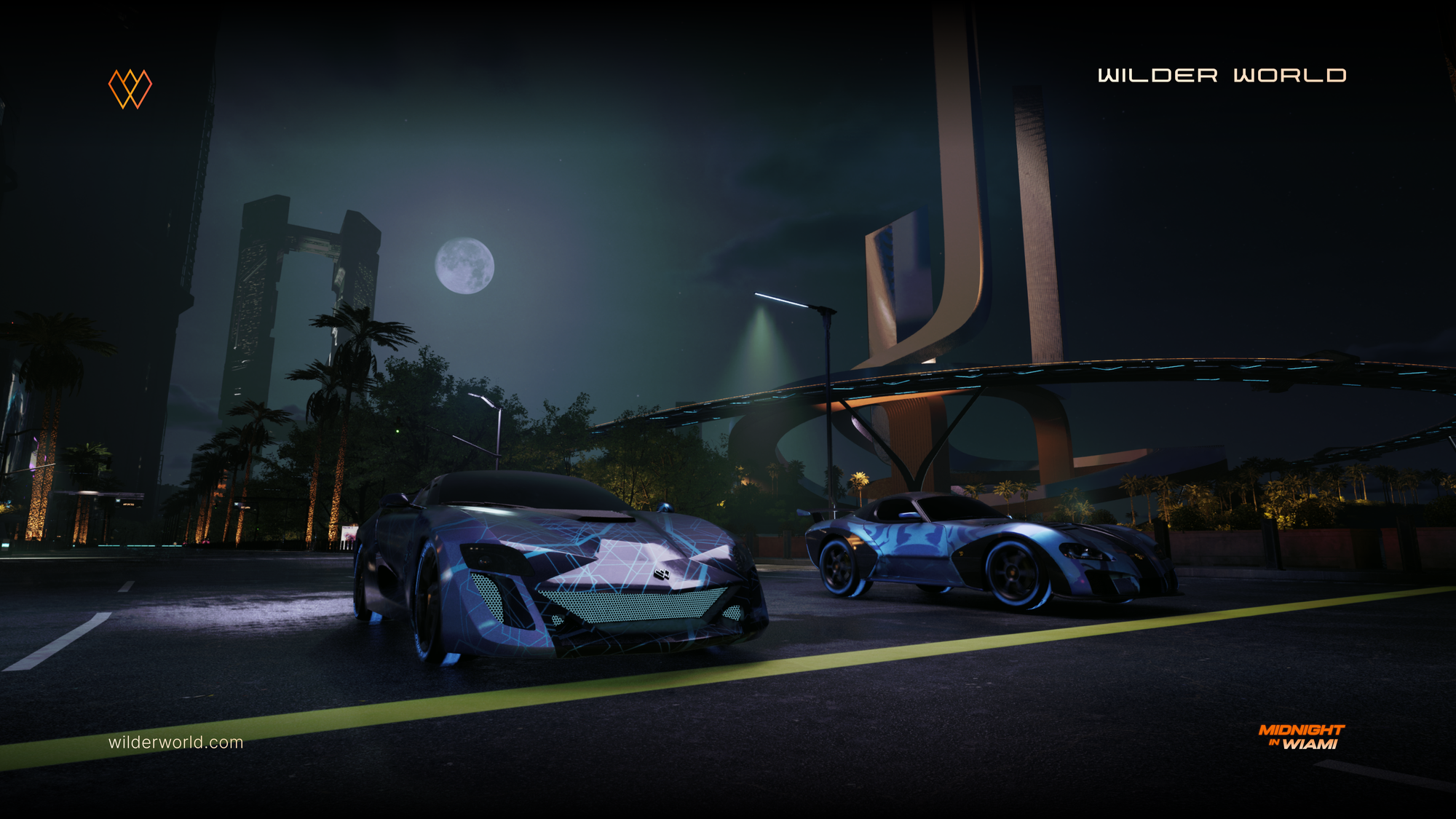
As we continue to test and improve the experience, we will continue to bring more Wilders into the MIW experience, with a planned Open Alpha release in Q2 2024. After the Open Alpha, we will open the first area of our open world. Let’s now dive into MIW.
Midnight in Wiami
Midnight in Wiami is Season 0 of the Wilder Wheels racing game.
As described in Dev Log 2, MIW is set as an illegal race that takes place in Little Meow, organized by Ernesto Savage, the leader of the Nine Lives racing club. Players compete head-to-head along a closed track in Little Meow that unveils various locations, hot spots and city views of Wiami. MIW uses it’s own custom-built instanced server infrastructure, which give us global match making and autoscaling, with the future goal of supporting millions of players.
Created in late 2021, Wilder Wheels is the first industry economy in Wilder World. Wilder Wheels is powered by our Wilder Wheels Genesis NFT collection and industry DAO. Wilder Wheels begins as more of a simcade racing experience (similar to Forza or Need for Speed), and over time becomes more of a full-scale sim racing experience (similar to Assetto Corsa or iRacing). This strategy enables us to create a game that is easy to start, digest and targeted for mass appeal, while still paving the way to hard core sim racers.
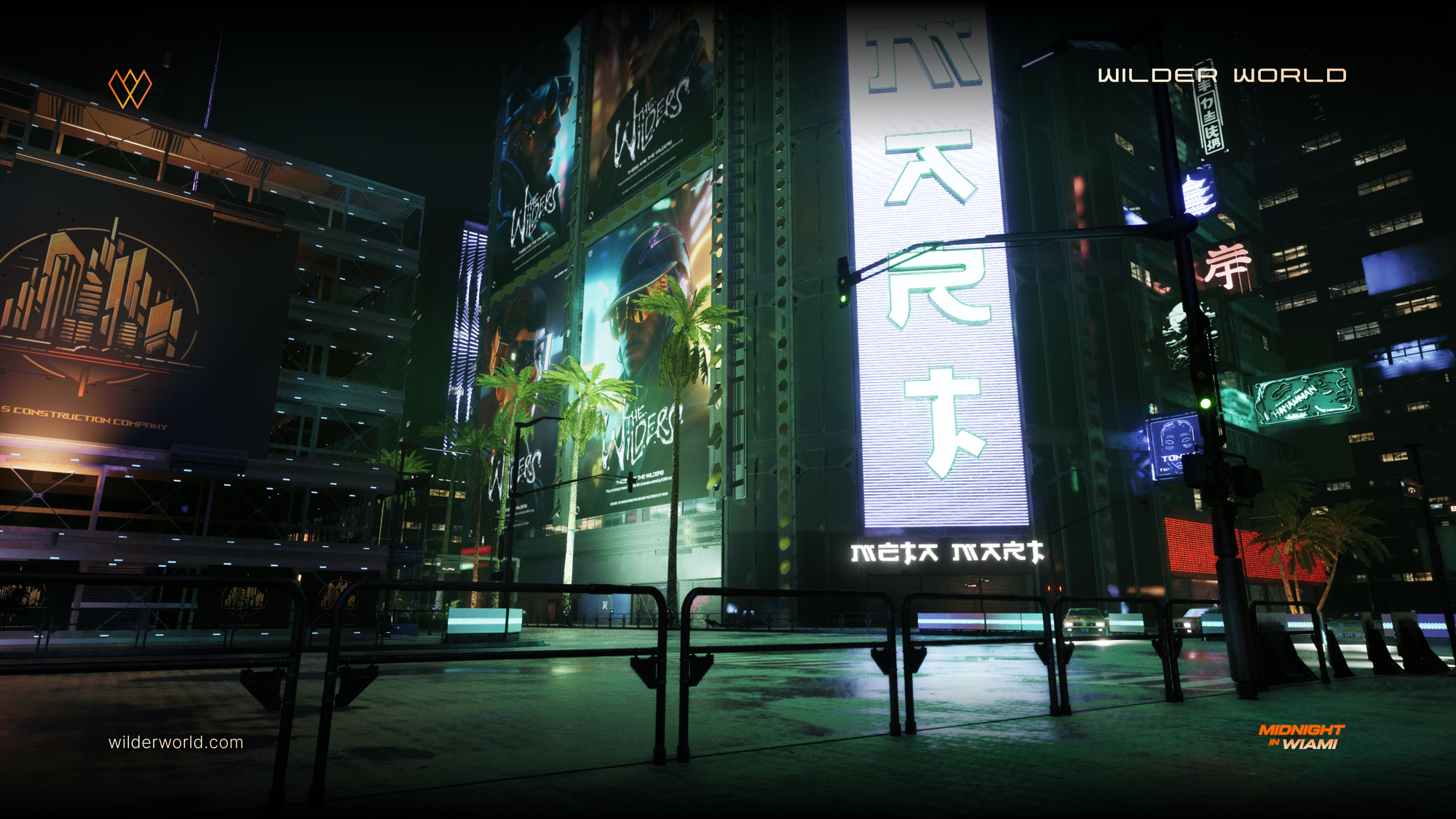
Competitive racing is a perfect genre to bring the masses to web3. It is familiar, accessible, fun, and ready for disruption — primarily by enabling existing racers to earn real money for competitive skill. According to Statista, total revenue in the Racing Games market was 1.68 billion USD in 2022, and is expected to show a compounded annual growth rate of 8.97% over the coming years. The number of total downloads in the Racing Games market was 9.74 billion downloads in 2022. With the introduction of play-to-earn mechanics, we believe it is possible that this market could grow faster than currently forecasted, by bringing a real economy to a large global player base.
Wilder Wheels provides the blueprint for how major industries and game genres can be built inside the Wilder World metaverse. Wheels showcases to players and game designers what is possible, while building out the core mechanics for future open world gameplay, such as daily transportation, delivery missions and heists.
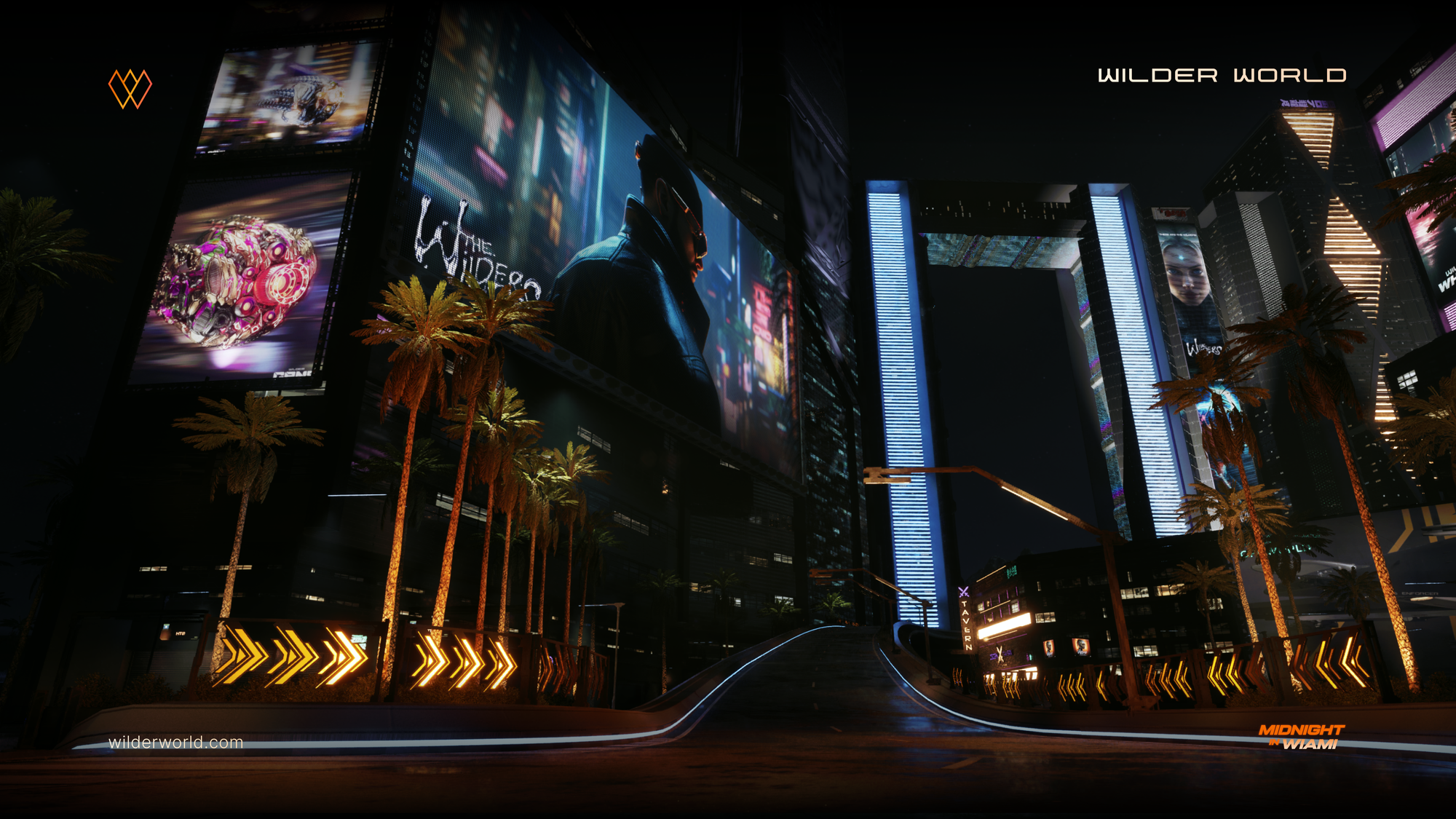
Entering the Game
After Login
The current version of MIW enables Wilders to login with a verified account, to see their core stats, their rank on the global leaderboard, and to begin either a single player or multiplayer race on the first track through Little Meow.
Wilders have been competing veraciously daily, to achieve the top track time and rack up wins. The competitive spirit of the Wilders is more than we could have asked for. It will be interesting to witness once they are competing for real $WILD!
Game Settings
The Game Settings menu offers a variety of in game settings for video, audio, game, UI and controls. System requirements are reflected back to the user to support with testing and troubleshooting. Multiple controller types are supported out of the gate, including wheels and pedals support from leading manufacturers.
Finding a Match
Multiplayer matches use a basic matchmaking queue that drops players into their own instanced server in a head-to-head race. Matchmaking will soon use intelligent server spawning, as well as predictive algorithms to reduce the perceived latency between players competing on opposite sides of the globe, or on lower bandwidth connections.
Car Selection
There are two primary cars that can be selected for the MIW experience. To improve competitiveness, it was important we choose two similarly ranked vehicles, to ensure racing times were primarily based on skill. More details are provided below regarding when new vehicles will be added to the experience. A GEN performs the initial countdown at the starter line to begin the race.
Racing (Bonnet Camera)
The bonnet camera is designed to be more immersive and targeted for players using wheels and pedals, in more of a full racing sim setup.
Racing (Third Person Camera)
Third person camera racing is designed more for controller support. Players can press C or designate their preferred control to move between racing cameras.
Shortcuts
There are several strategically located shortcuts placed throughout Wiami, which enable the player to take different risk reward scenarios depending on the dynamics of their match.
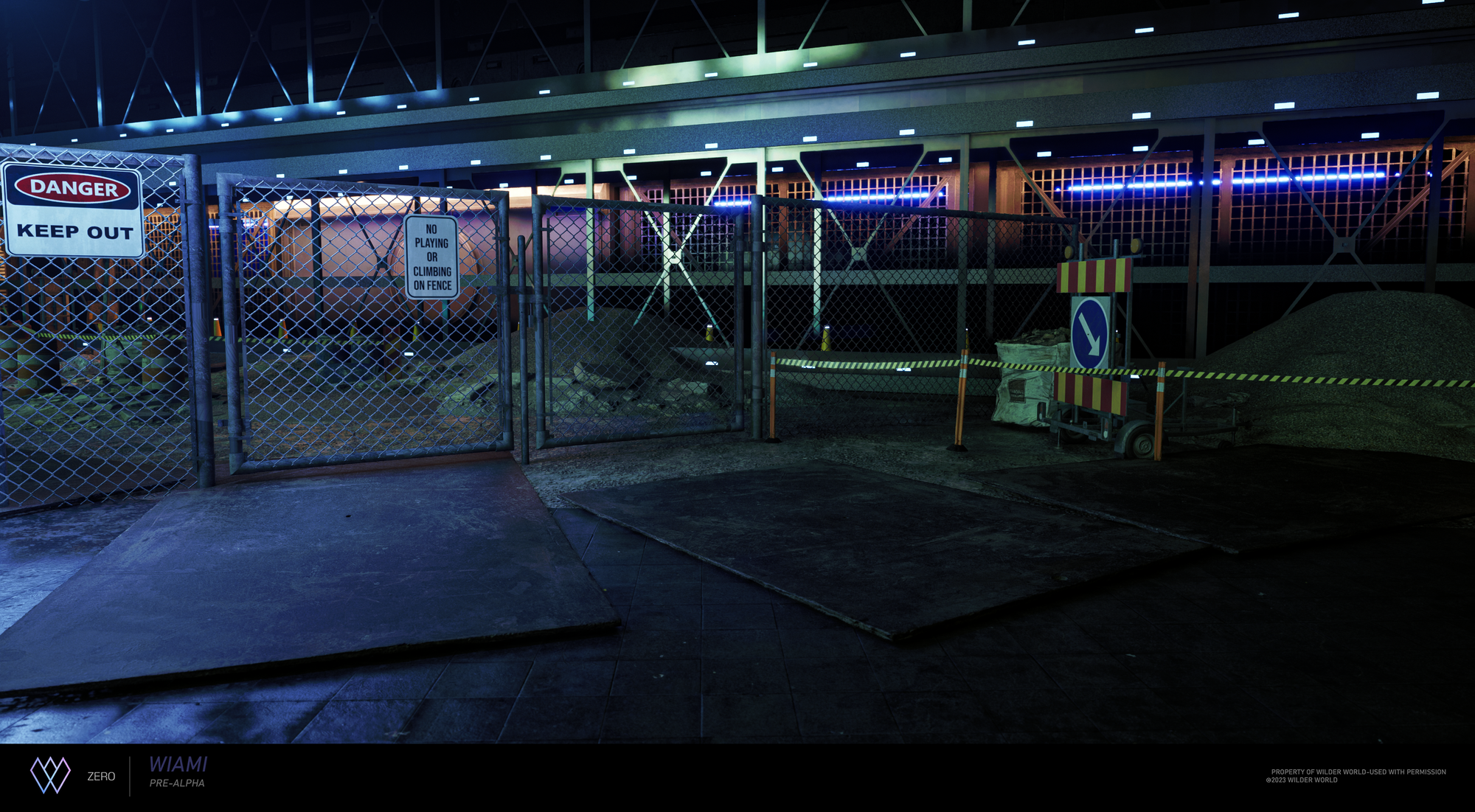
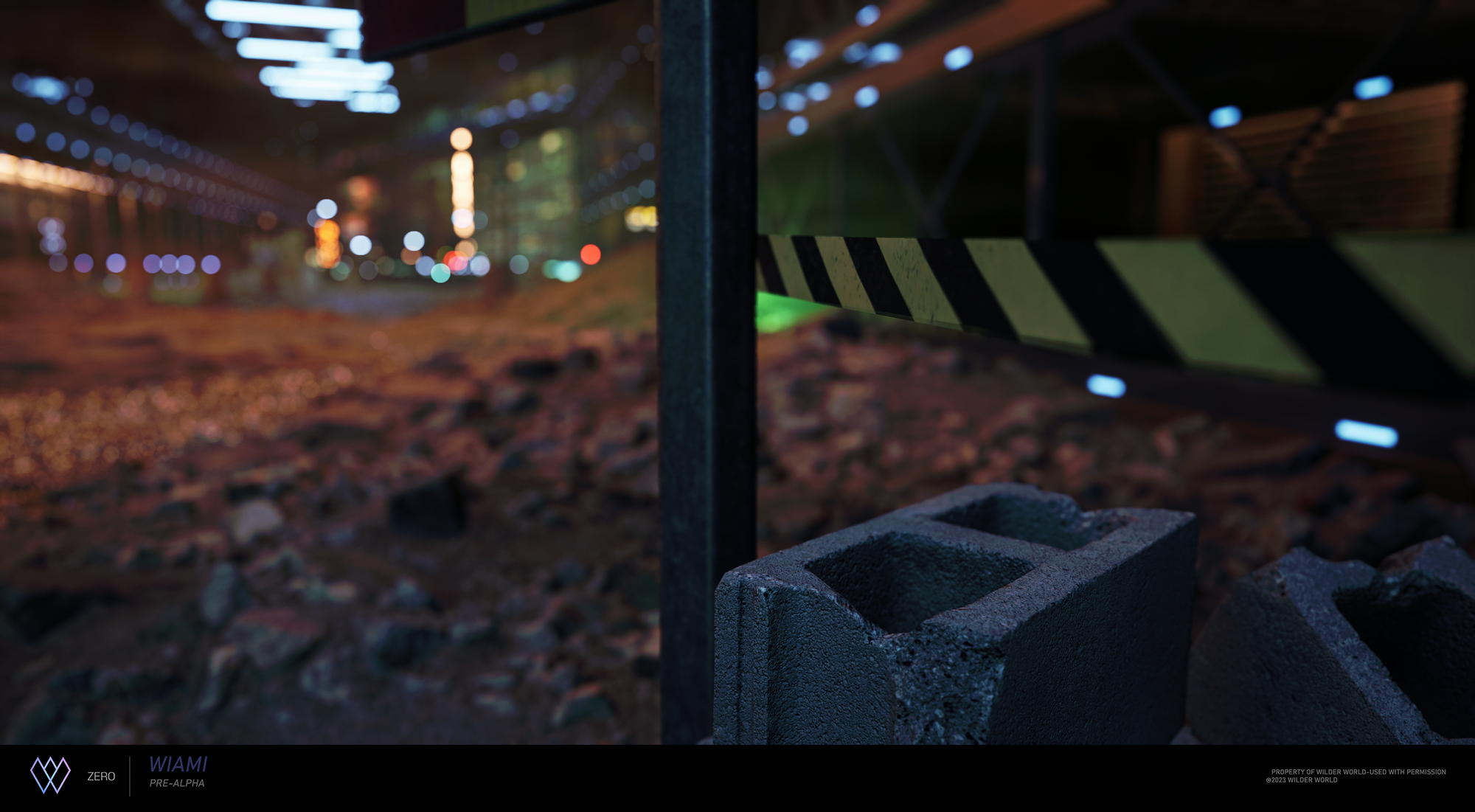
This was the first clip we put out showing live racing through Wiami. It quickly received over 150,000 views on x organically, without any marketing or prior warning.
A historic moment for the Wilders
see u in wiami pic.twitter.com/dTNkrsOCpb
— Wilder World (@WilderWorld) November 27, 2023
Map
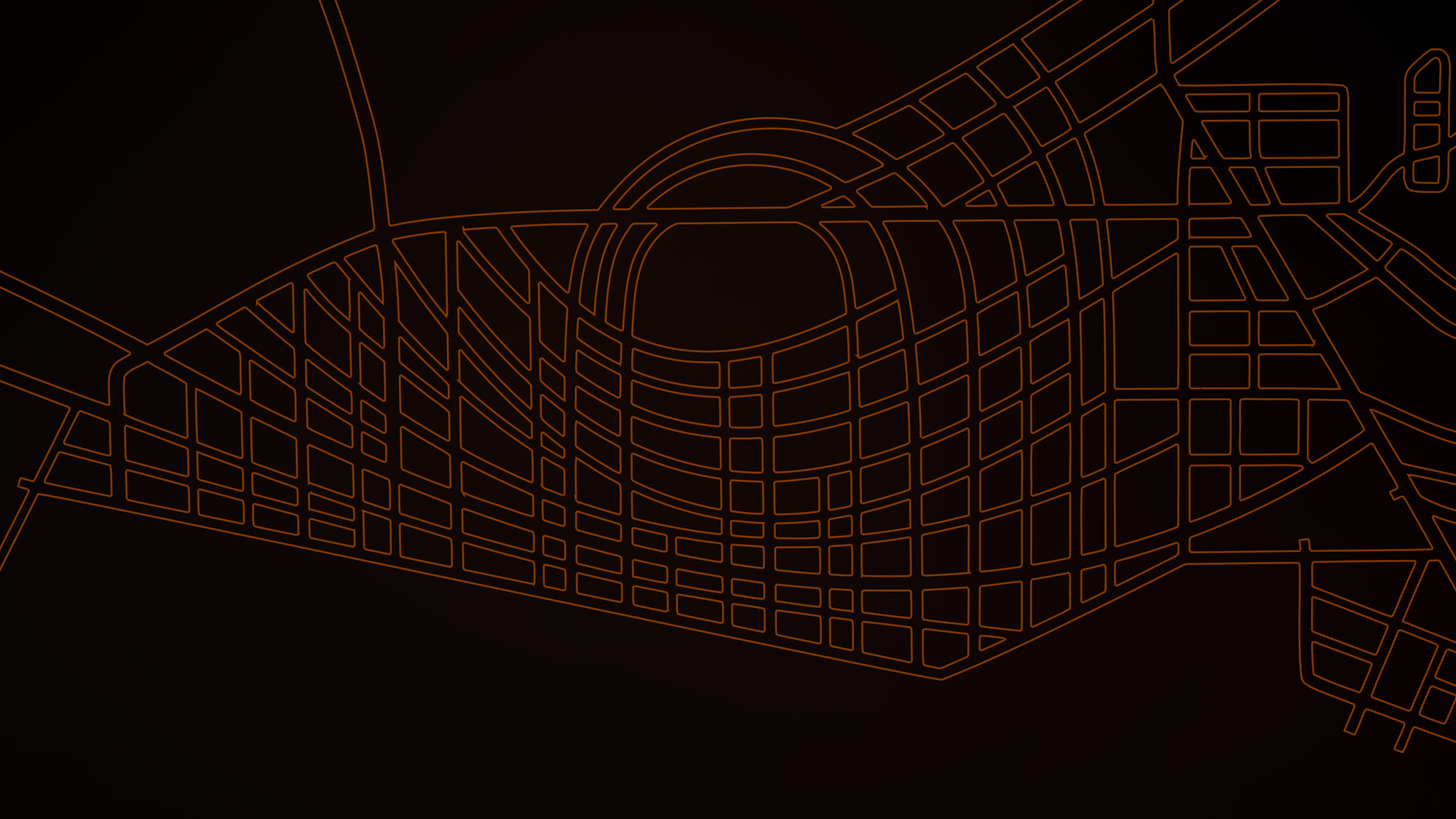
Little Meow, the first neighborhood in South Beach is in active construction, with key locations where players will be able to interact. Locations with full interactivity and utility will initially be focused on the Wilder Wheels industry economy, including but not limited to parking garages, autobody shops, fuel stations, damage repair shops, dealerships and more. The forthcoming Wilder World whitepaper will outline the important aspects of the Wilder Wheels industry economy, and how the economy will interact with $WILD, resources, staking and NFTs.
Let’s take a look at some of Little Meow’s hot spots.
The Cafe
Ernesto, chilling at The Cafe with other members of Nine Lives near the Qube and Trinity Islands. Vehicles are parked on the sidewalks near the race starting line.
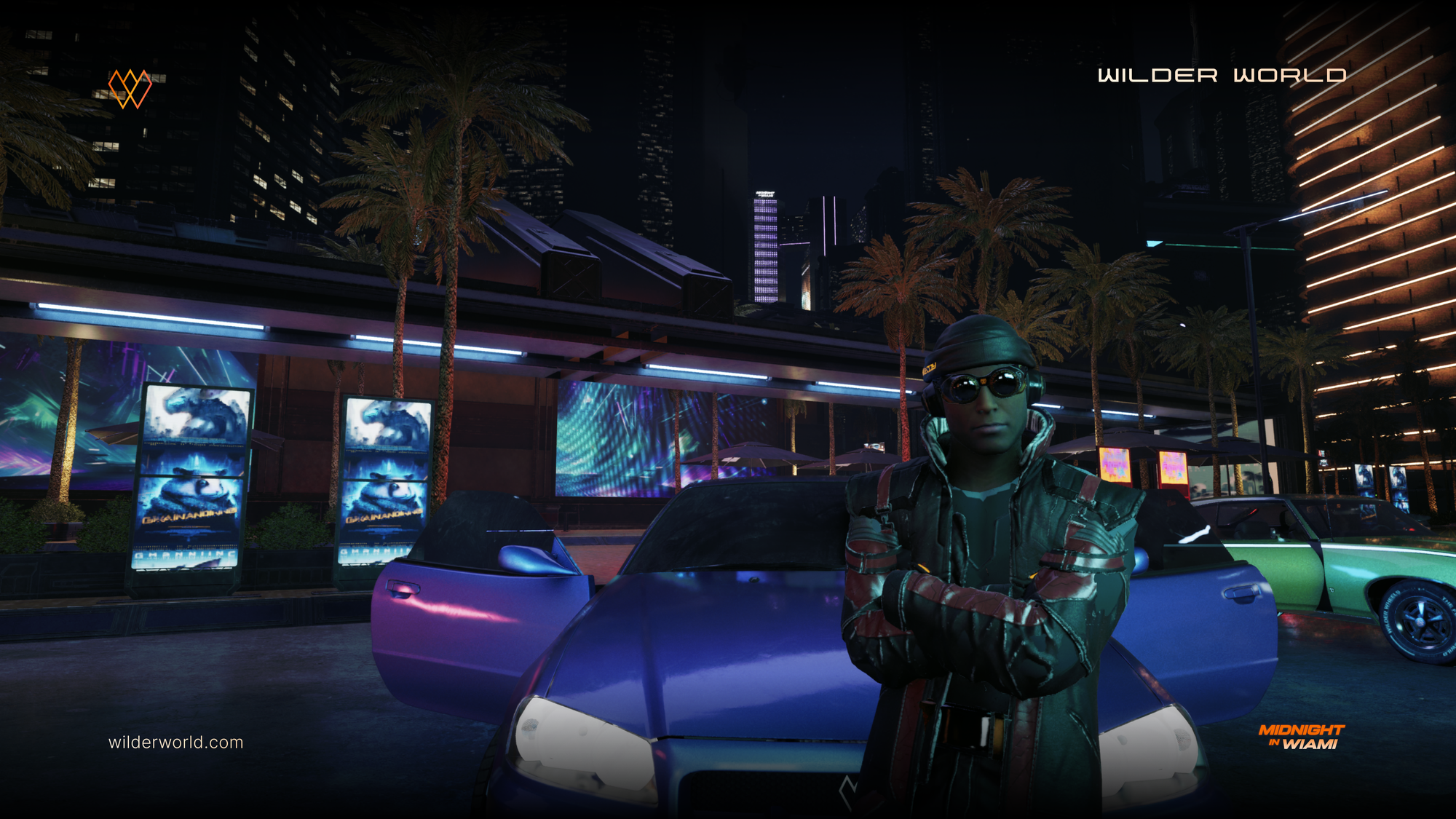
Neon Pistons
Little Meow’s first automotive shop. A reliable establishment where Wilders can repair and upgrade their wheels.
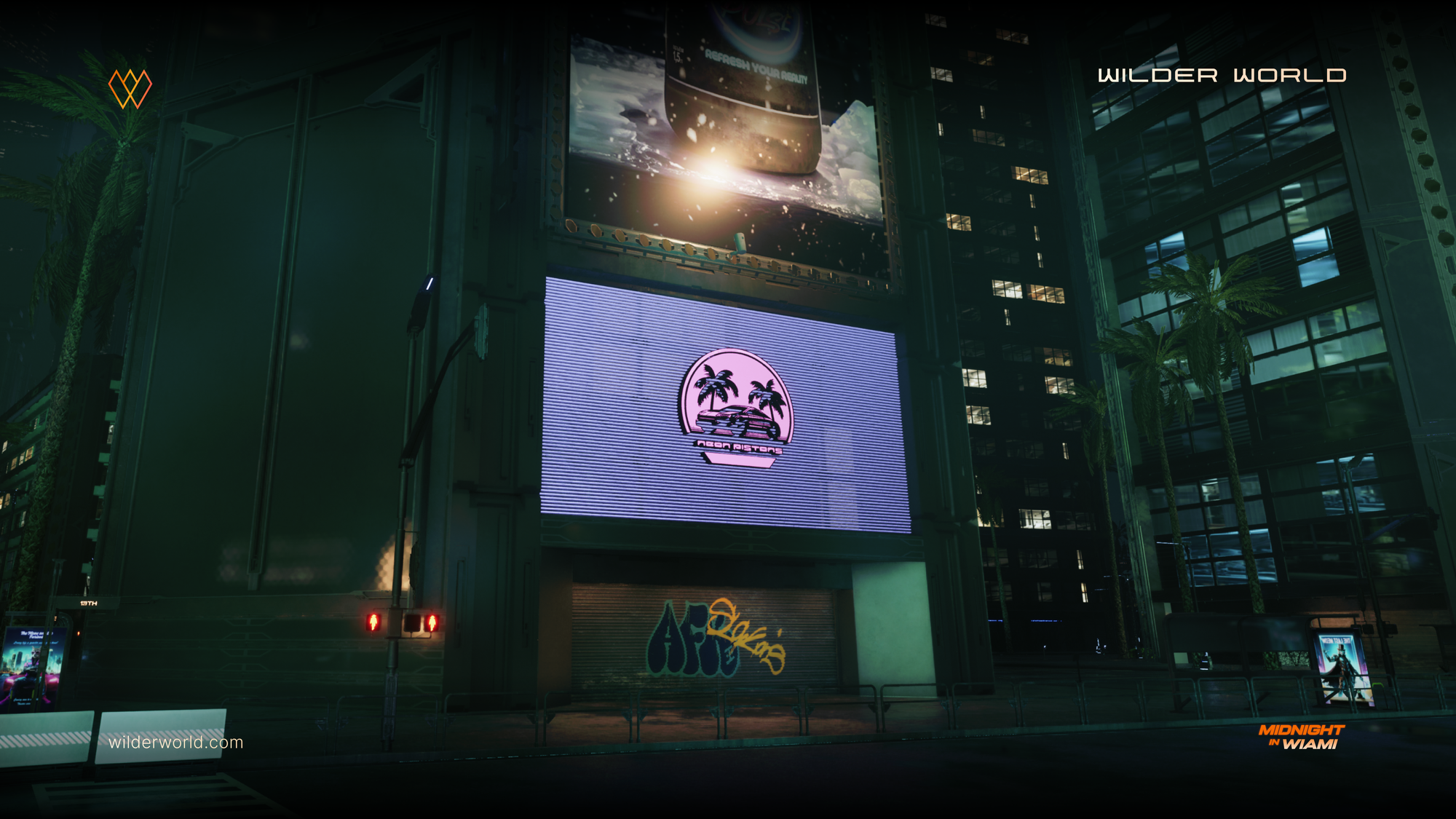
Sippin’ Kitten:
Little Meow’s first coffee shop. A place to meet up with friends, dream about new DAOs, and increase your run speed with a cup of morning joe.
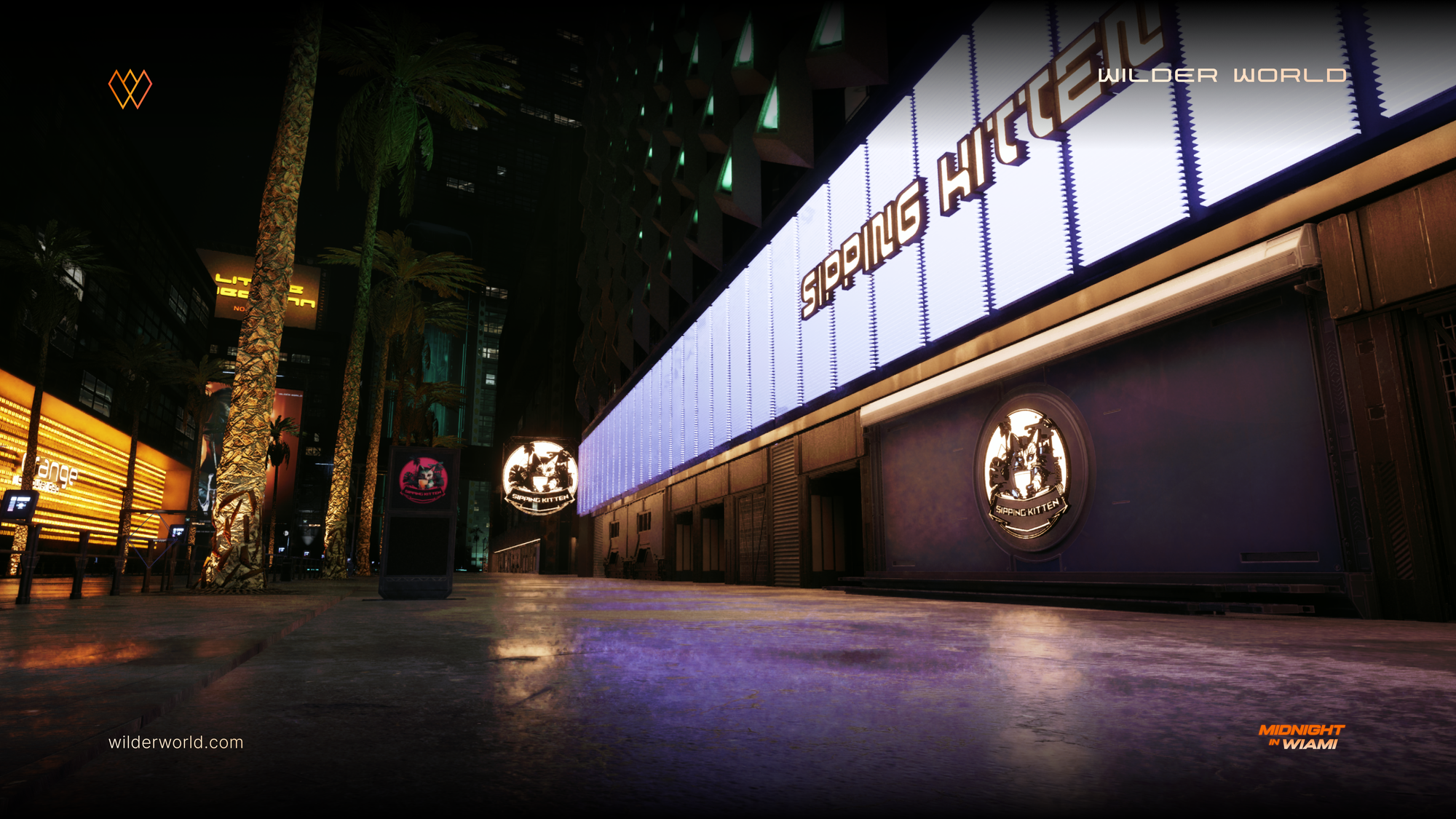
The WAM — Wiami Art Museum
The WAM is Wiami’s first museum of modern art. It focuses on showcasing NFT artworks from aspiring and established artists in the digital art space.
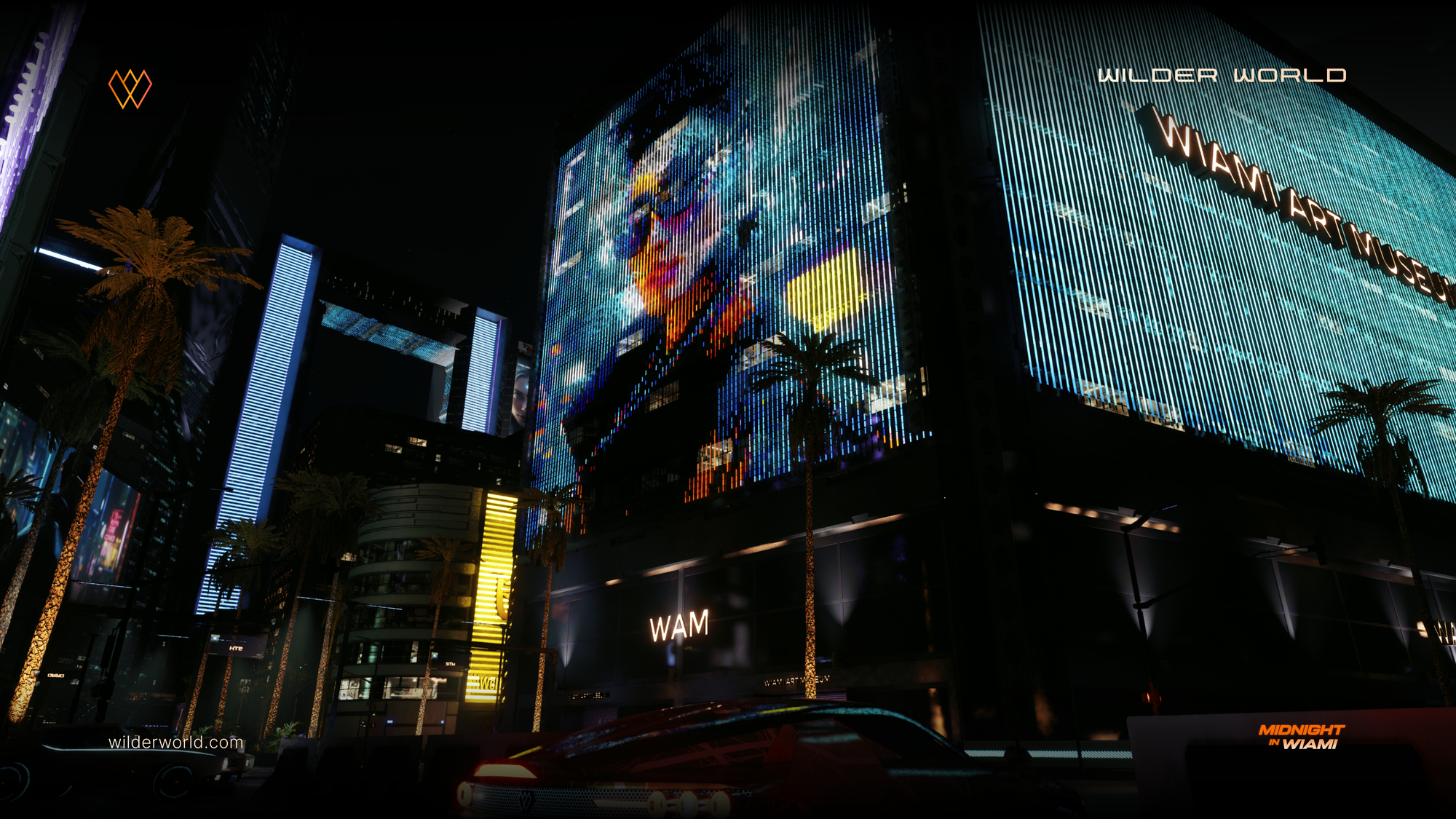
WcDonalds (Matrix Street)
A place for reliable, low quality energy. More importantly, a possible place of employment for crypto bears during the bull market, or crypto bulls during the bear market.
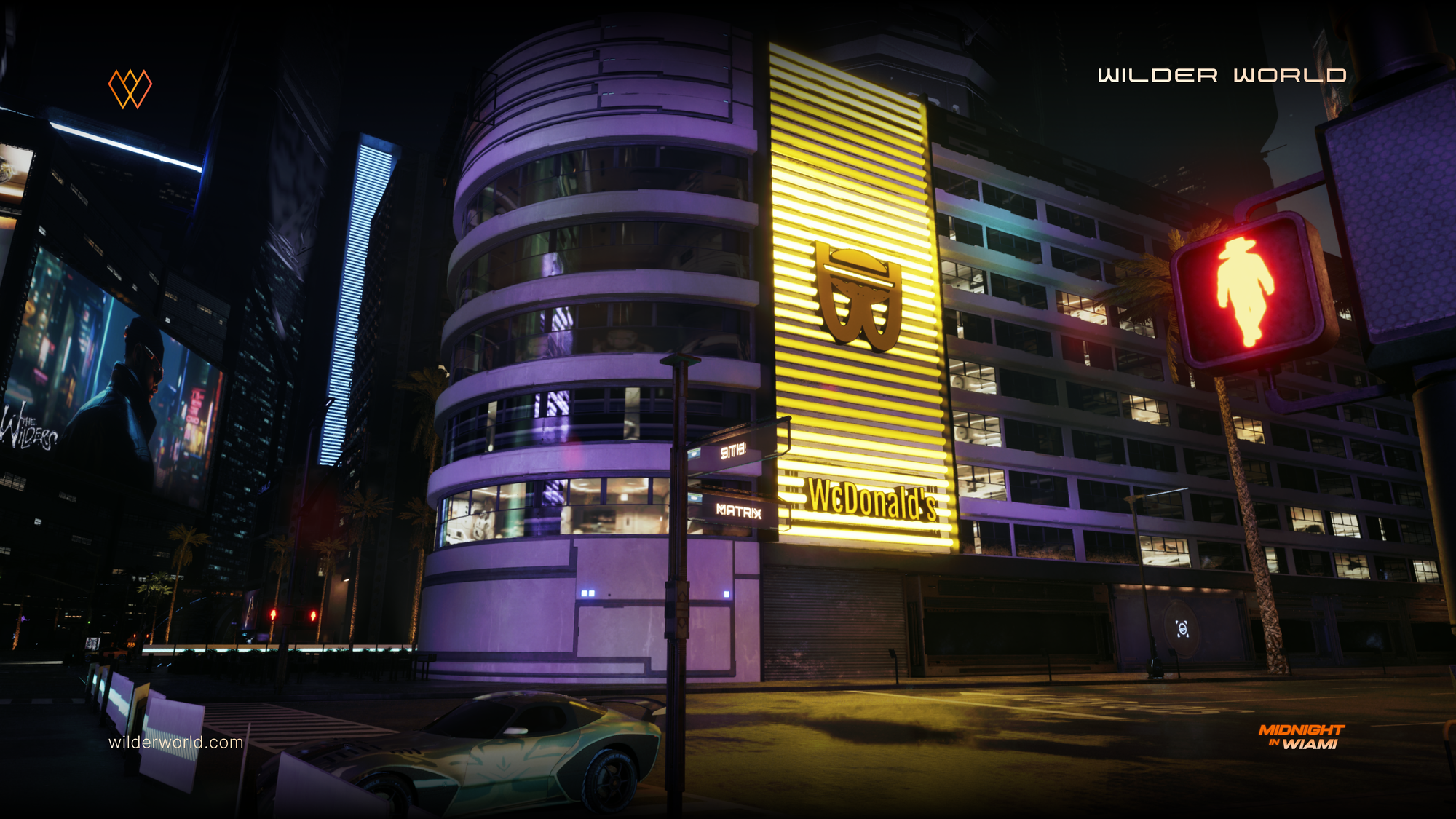
AIRWILD
The first AIRWILD store in the metaverse. A place to purchase Season 0, Season 1, or Season 2 kicks, with additional athletic inspired flare.
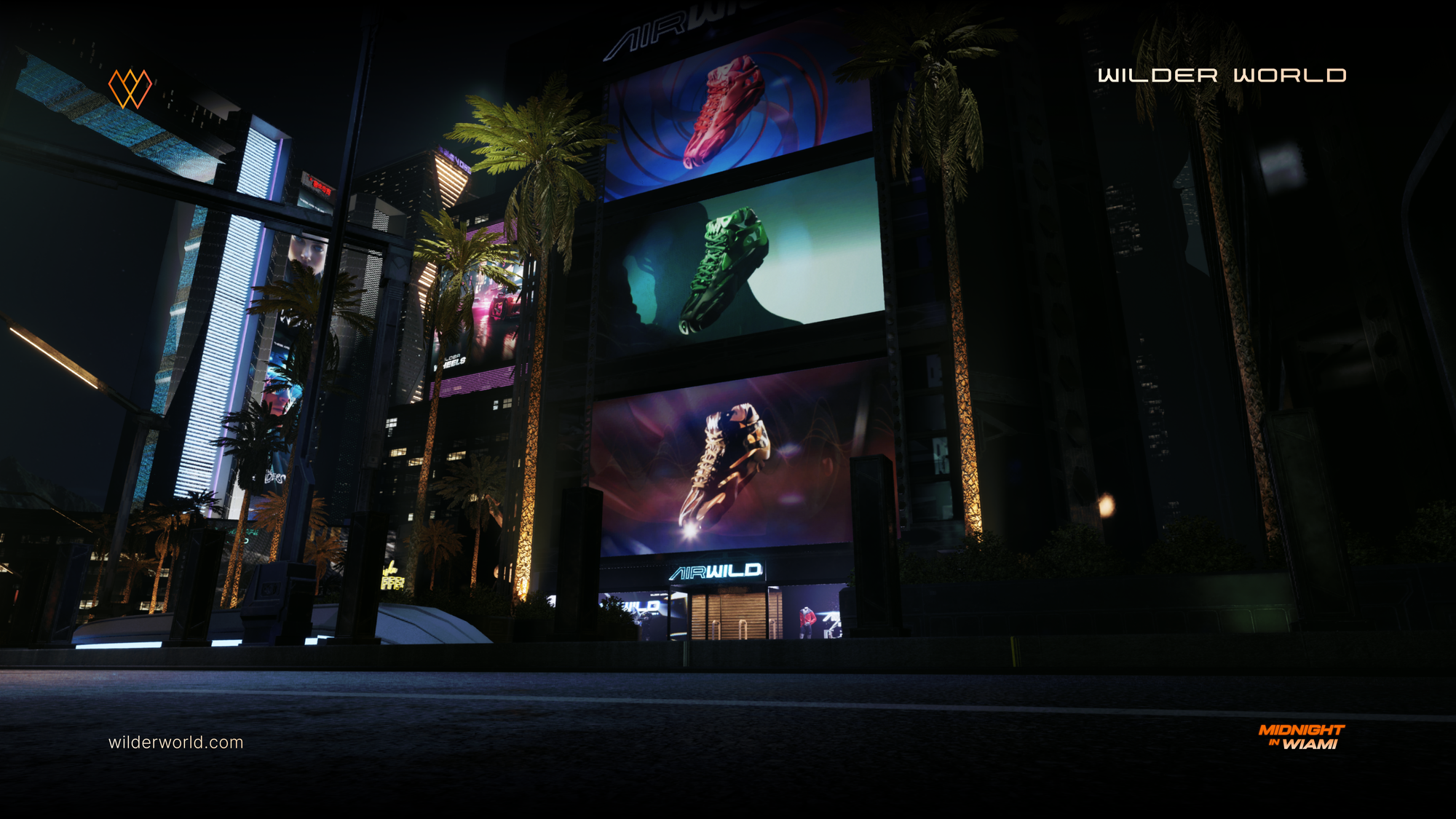
Wilder Wheels Dealership
The first Wilder Wheels dealership. If you’ve earned the WILD, a place to get your first whip or upgrade into something faster. Purchase new vehicles off the showroom floor, or choose from a wide assortment of pre-owned vehicles with low mileage.
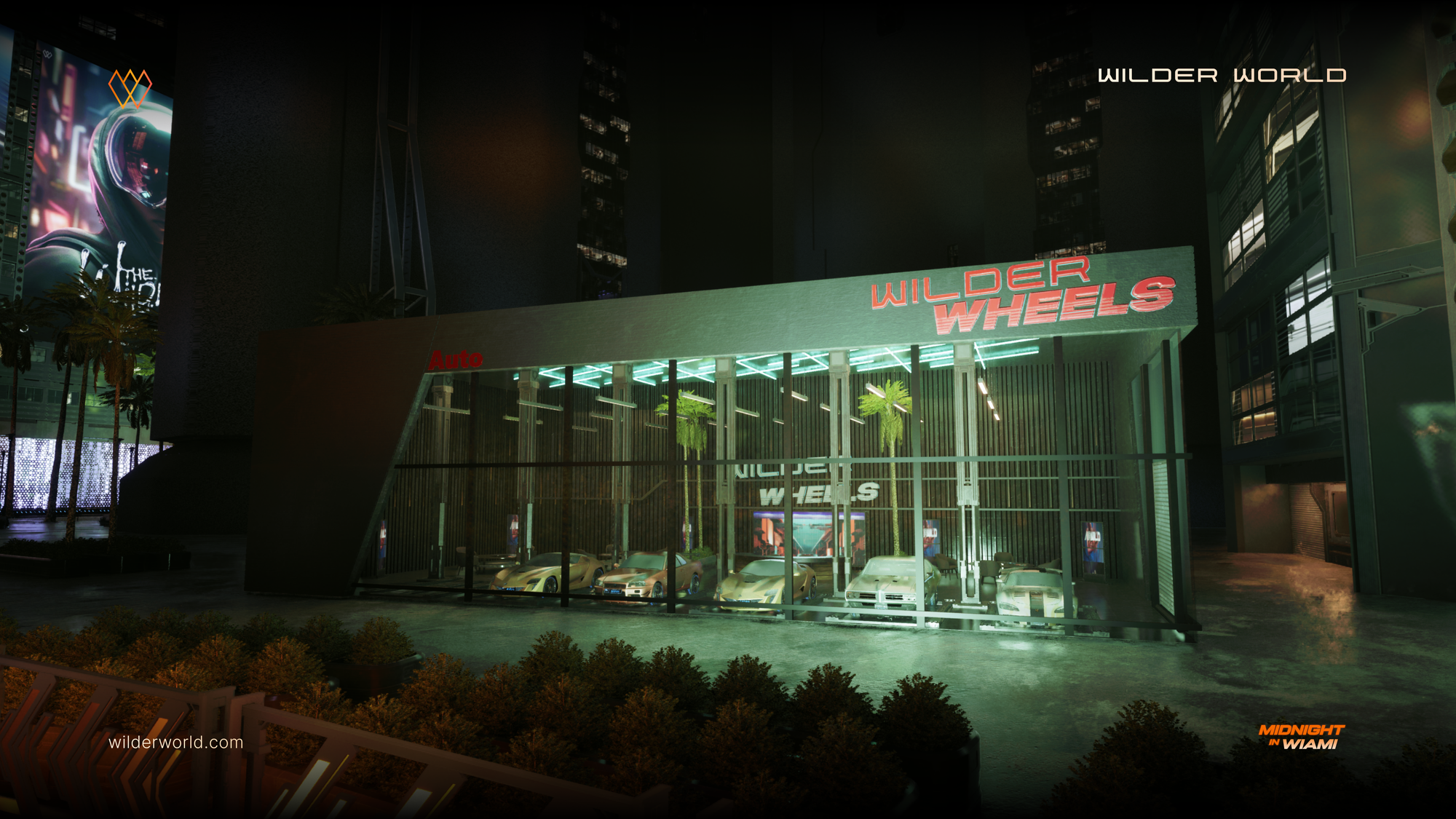
Wiami Theater
Located in the Theater District, the Wiami Theater features multiple big screens where you can watch the latest in AI-powered films.
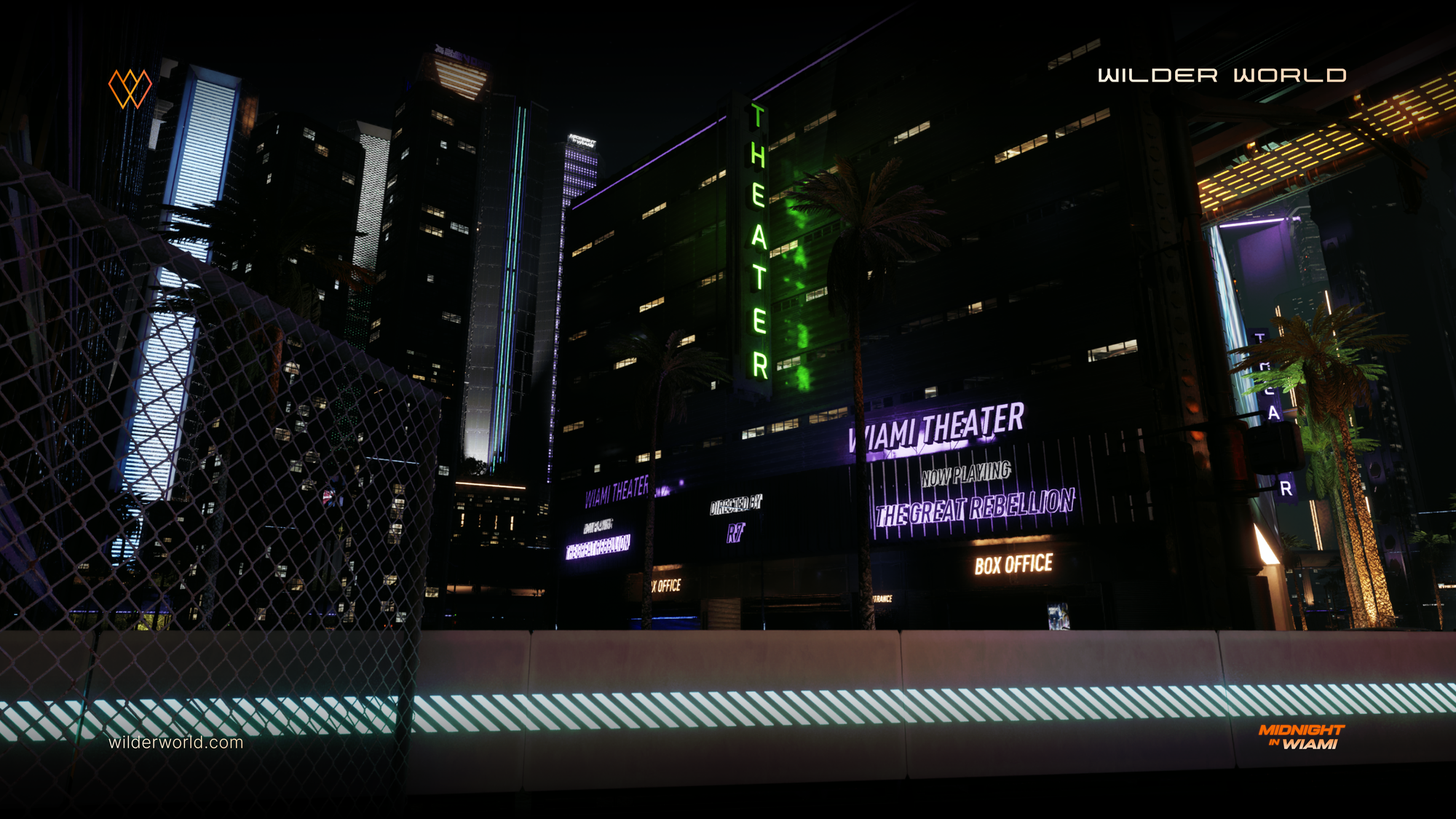
Wilder Records Wiami
The first recording studio in the metaverse. Collaborate with AI-powered producers to make bangers, made natively for the metaverse generation.
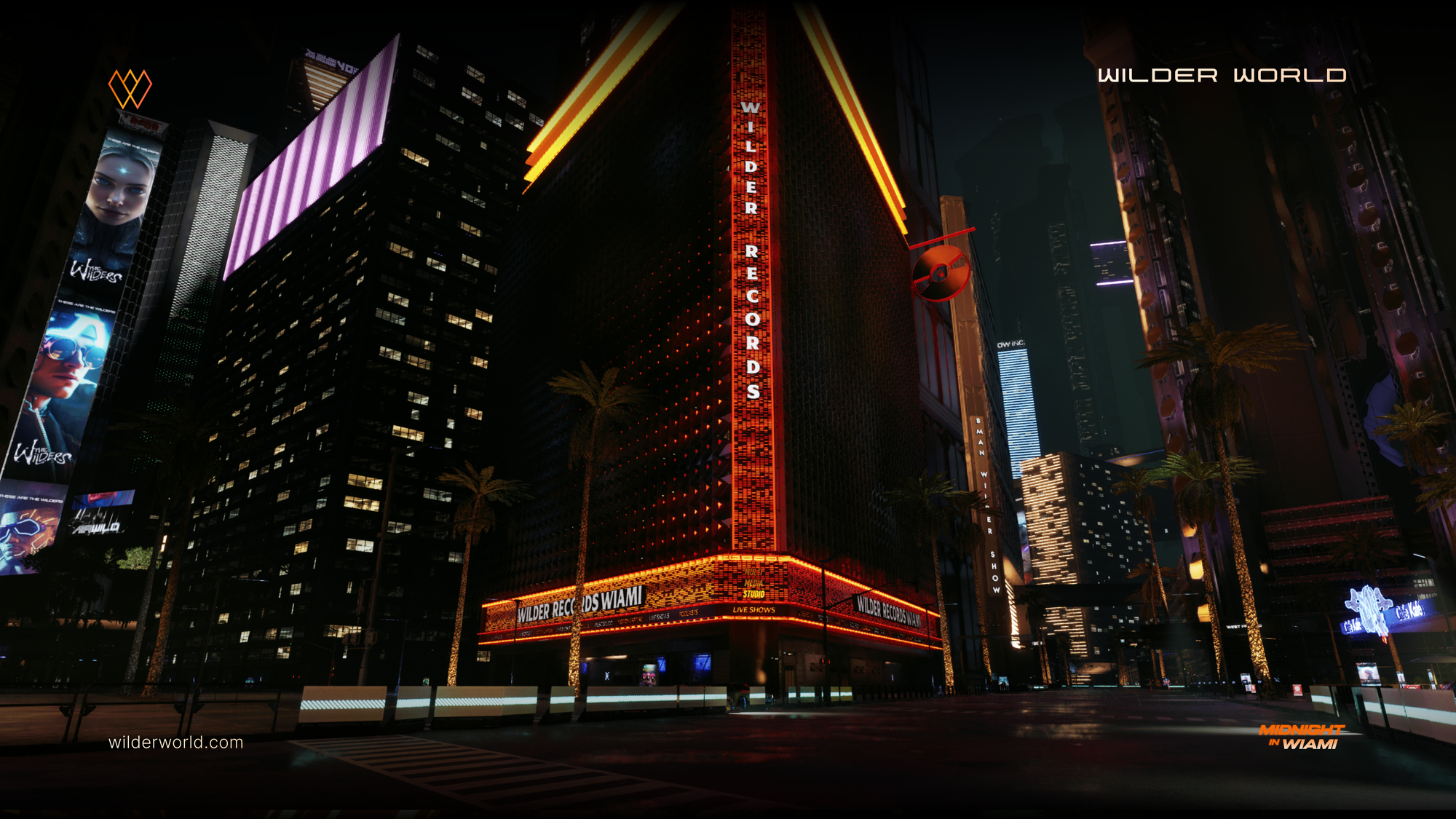
Little Meow Establishment List
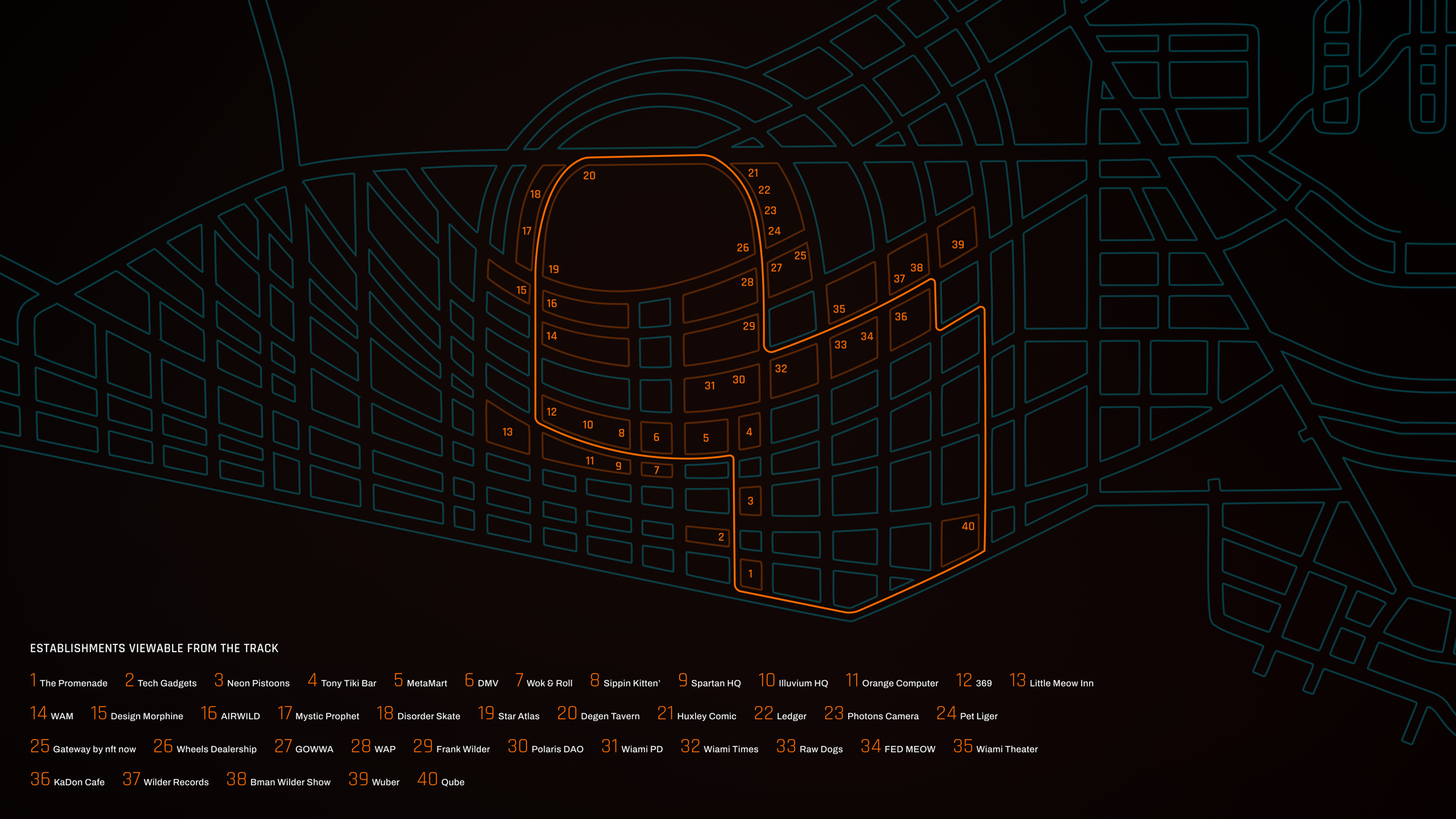
Little Meow is filled with lots of interesting, inspiring and useful places. These are some of the establishments viewable from the first track within MIW.
- T1: The Promenade, Neon Pistons Techtonic Gadgets
- T2: Neon Pistons, MetaMart, Tony’s Tikibar, Wiami Department of Motor Vehicles, Wok & Roll Ramen, Spartan Labs HQ, Sippin’ Kitten Cafe, Byte’s Bazaar, Illuvium HQ, Orange Computer DAO
- T3/4: Little Meow Inn, 369 convenience store, Wild National Bank, Wiami Art Museum, Design Morphine HQ, WcDonalds, underground tunnel
- T5/6: AIRWILD, Pasha Coffee House, Star Atlas shop, Degen Tavern, Mystic Prophet fortunes, Disorder Skateboard Store
- T8: Huxley Comics, Ledger Store, Pet Liger Store, Wheels Dealership, Photons Camera Shop, The Gateway by NFT Now, GOWW DAO HQ, WAP Clothing Store, Frank Wilder’s Baazar.
- T9/10: Polaris DAO HQ, Wiami PD HQ, Wiami Times HQ, Raw Dogs Hotdogs, FED MEOW Diner.
- T11/12: Wuber, Wiami Theater, KaDon Cafe, Wilder Records Wiami, Bman Wilder Show, The Qube.
Live Data
The initial mission of MIW was to ensure the gameplay was fun, frame rate was high, bugs were minimal and server infrastructure was resilient. We can say with confidence that these objectives were achieved and that the system is functioning well (especially, for a first release).
We are slowly rolling the system out to more community members who have the appropriate hardware and bandwidth requirements. Currently we have 41 players who have access to the build and have logged in at least once.
Below are the initial stats for our first cohort, from launch on December 22, 2023 to January 13, 2024 (roughly 22 days over Christmas and New Years).
Charts
The Game Launches Chart shows the daily total number of times players opened the game from Dec 22, 2023 - Jan 13, 2024. As you can see, game launches were slow over Christmas eve, New Years, and around January 7th, however have been actively growing. Our best day thus far was nearly 800 game launches in a single day.
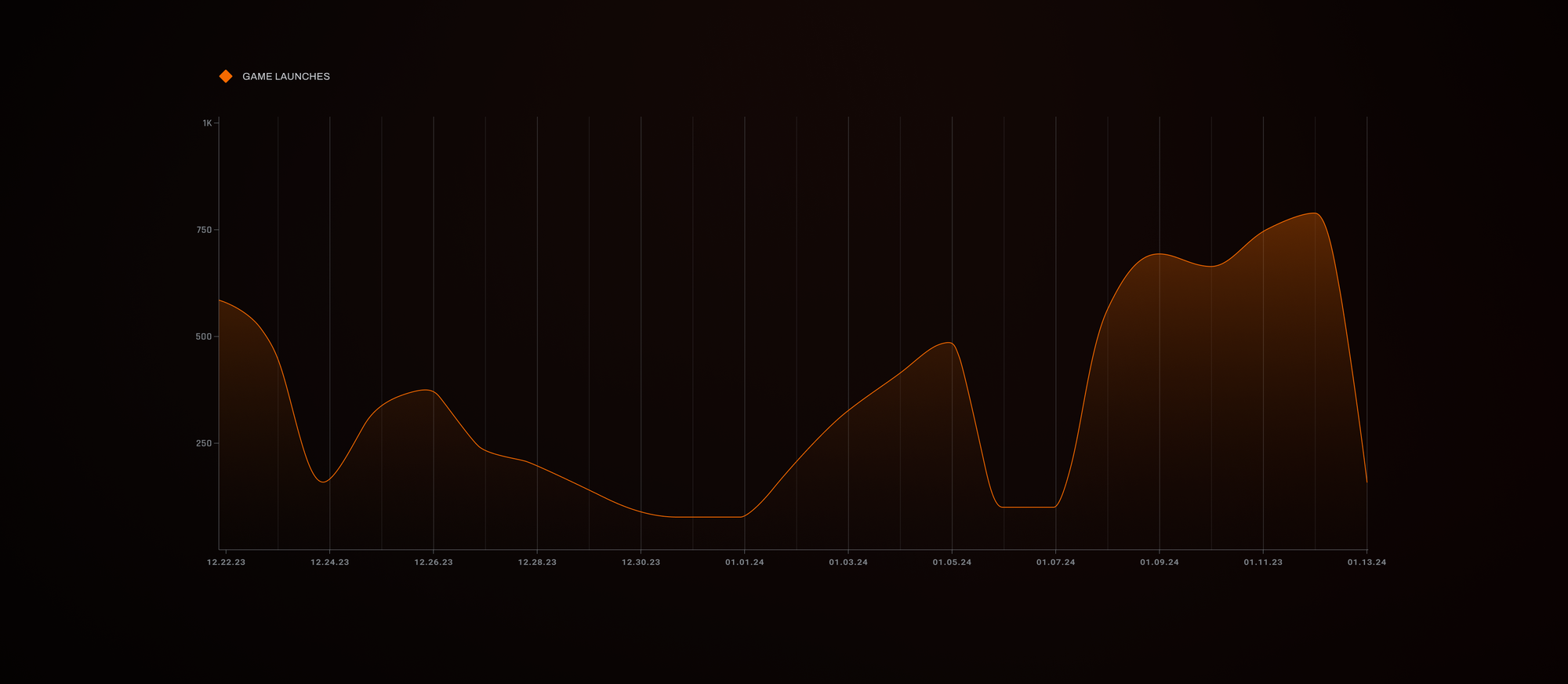
The Concurrent Players Chart shows the daily average number of online players connected to Wilder World at same time from Dec 22, 2023 - Jan 13, 2024. Average concurrent players is an important number for handling load and server infrastructure.
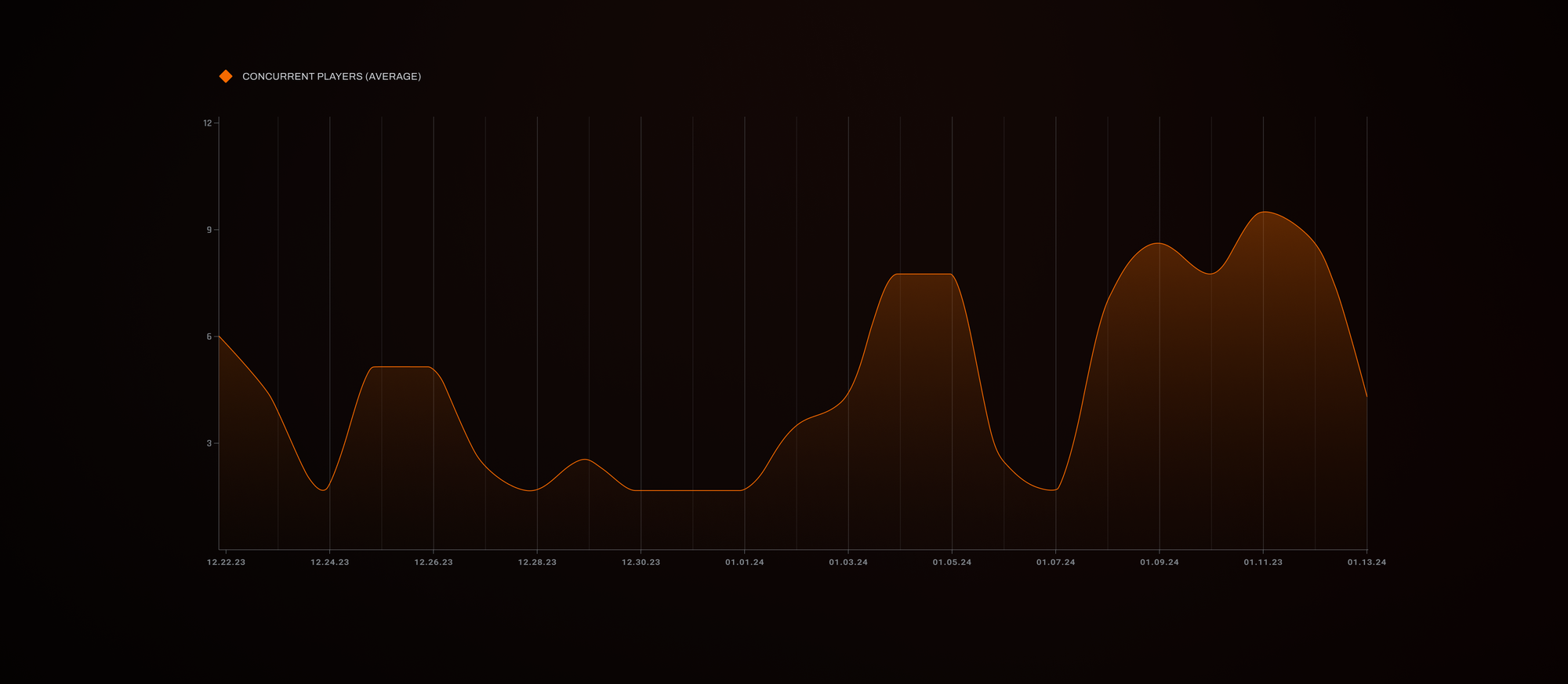
The Concurrent Players Chart shows the overall daily highest recorded online player count at a single time from Dec 22, 2023 - Jan 13, 2024. The highest number of players online at once was roughly 50, during our busiest day (a single account can have multiple machines live).
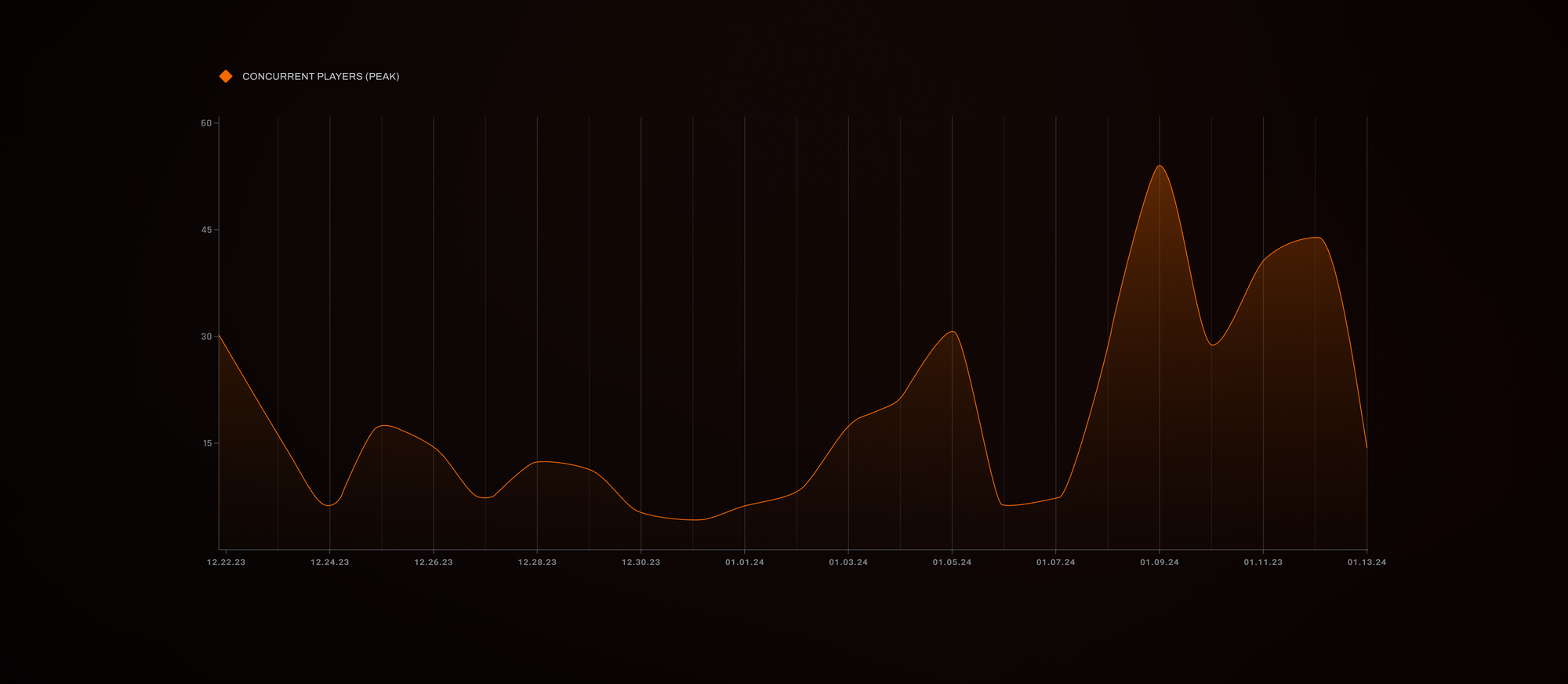
The Online Servers Chart shows the maximum number of game servers that have been launched from Dec 22, 2023 - Jan 13, 2024. This shows us the number of actual servers needed to support the current load for MIW, enabling us to better forecast our costs as MIW scales.
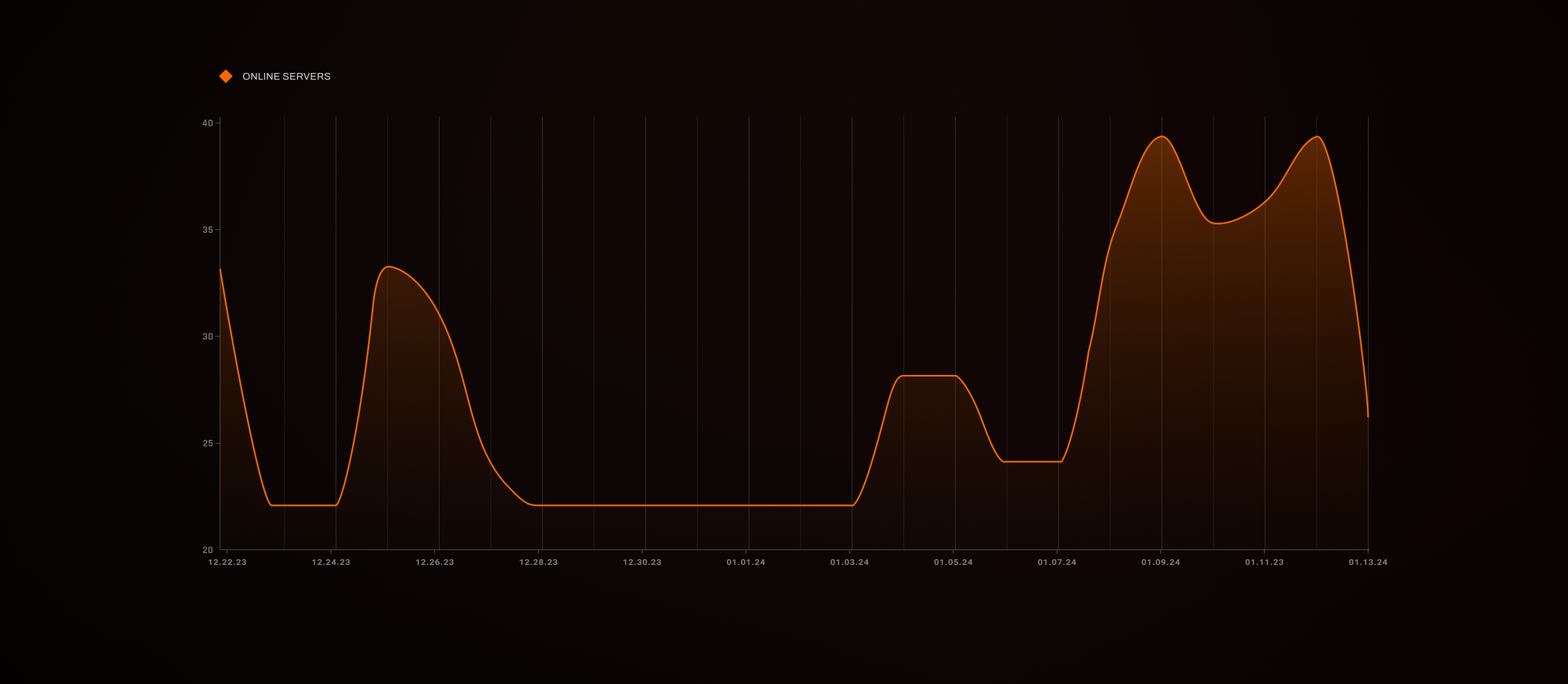
The Total Sessions Chart shows the total number of player live sessions (Lobby + Race sessions) from Dec 22, 2023 - Jan 13, 2024.
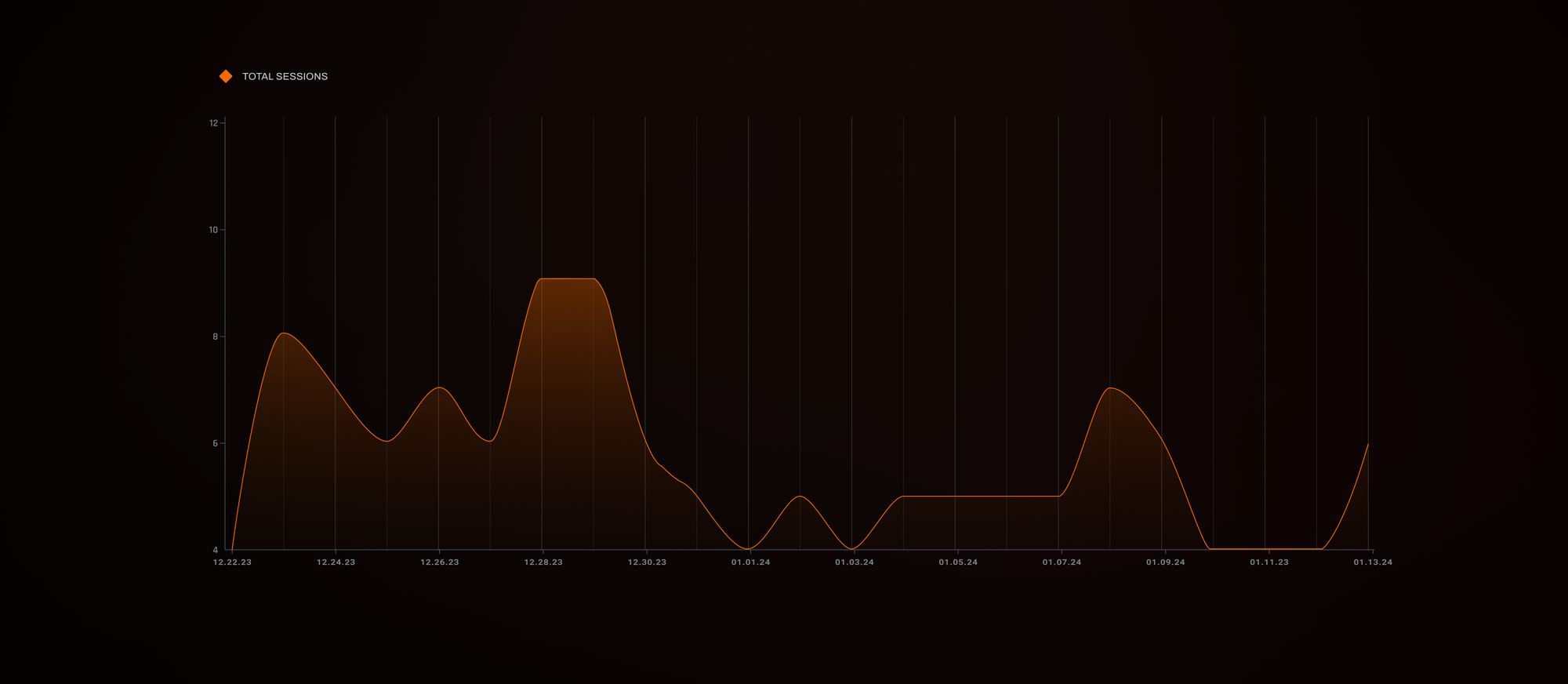
Players in Sessions Chart shows the total number of players in active sessions (Lobby + Race Sessions) on a specific date or time range.
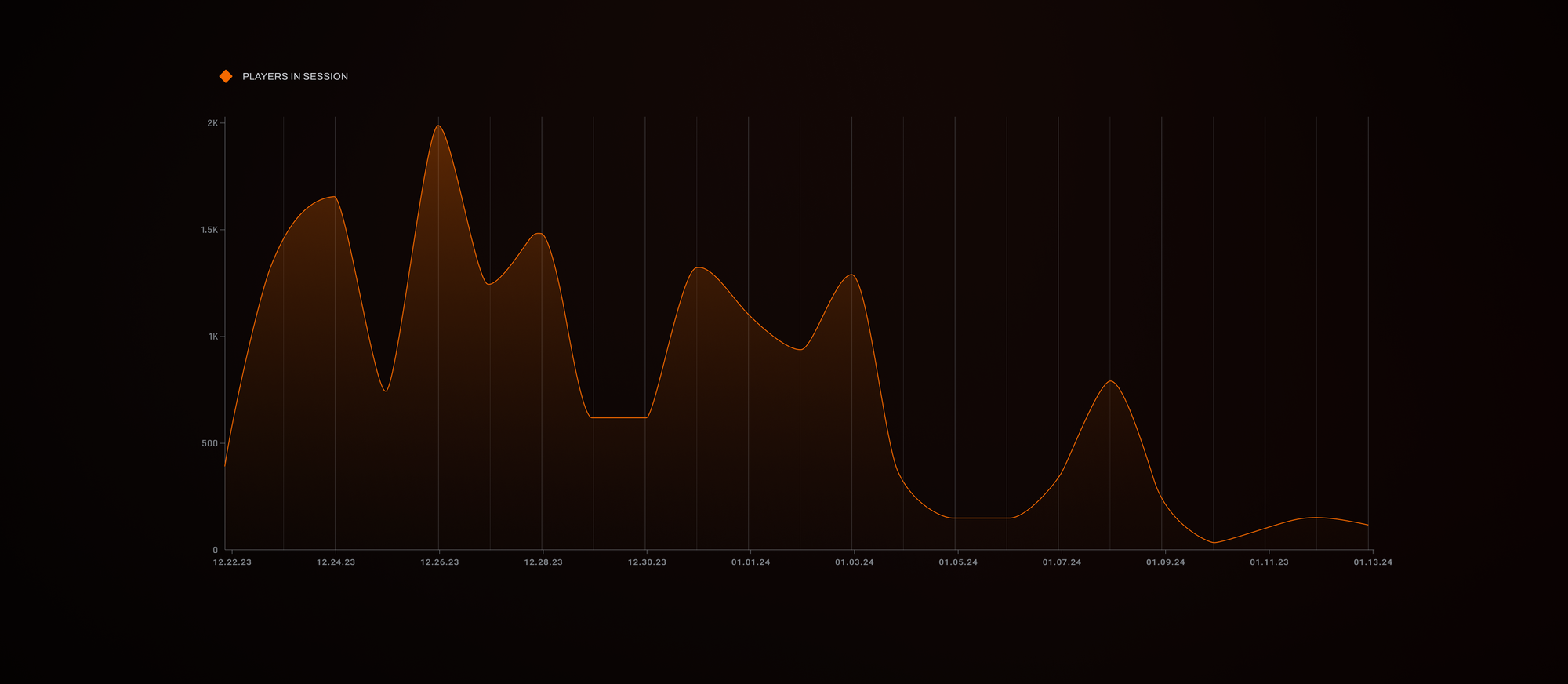
The Average Session Duration Chart shows the average duration of Lobby session with active players.
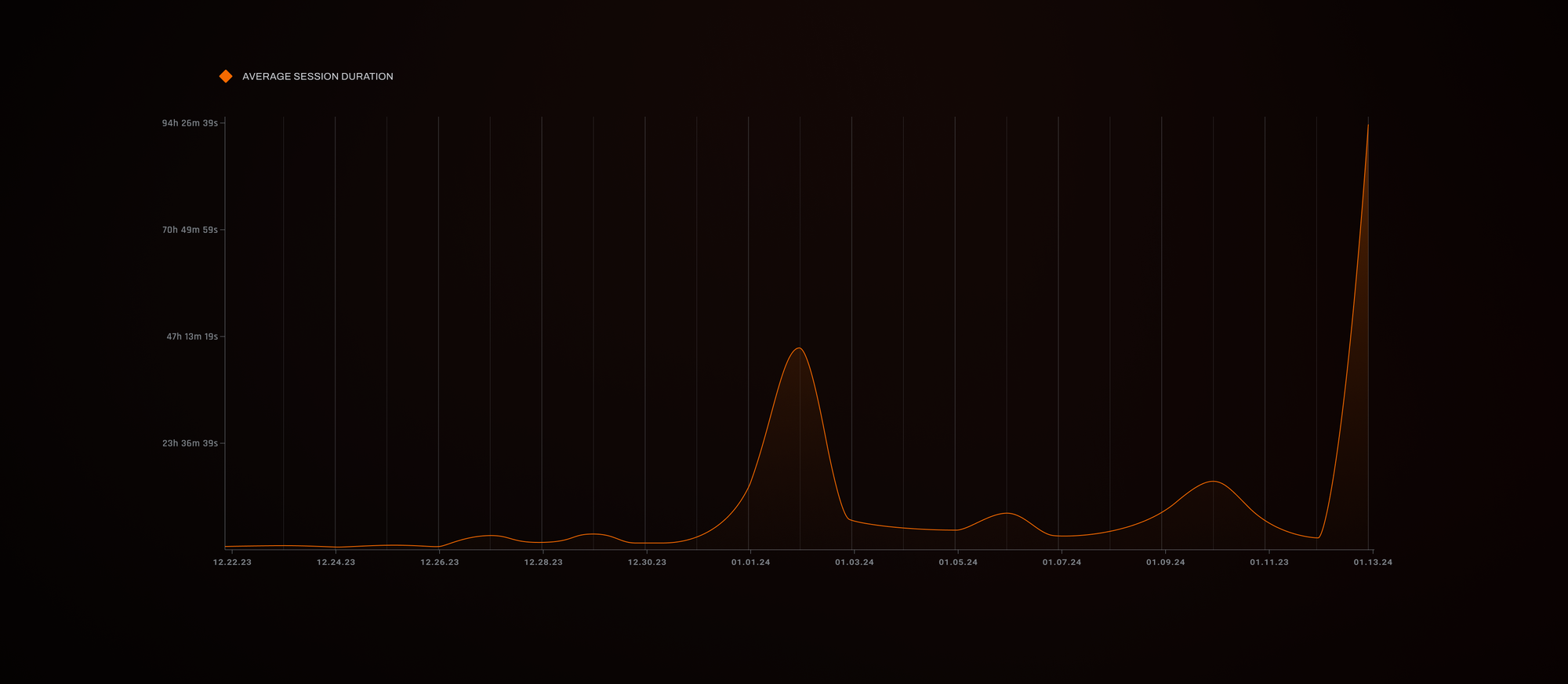
Here are some other interesting stats:
- Number of completed races: 1,488
- Number of invited people who logged in at least once: 40
- Number of people who completed a race more than 100 times: 6
- Number of people who completed a race more than 50 times: 9
- Number of people who completed a race more than 10 times: 21
Art Basel Event
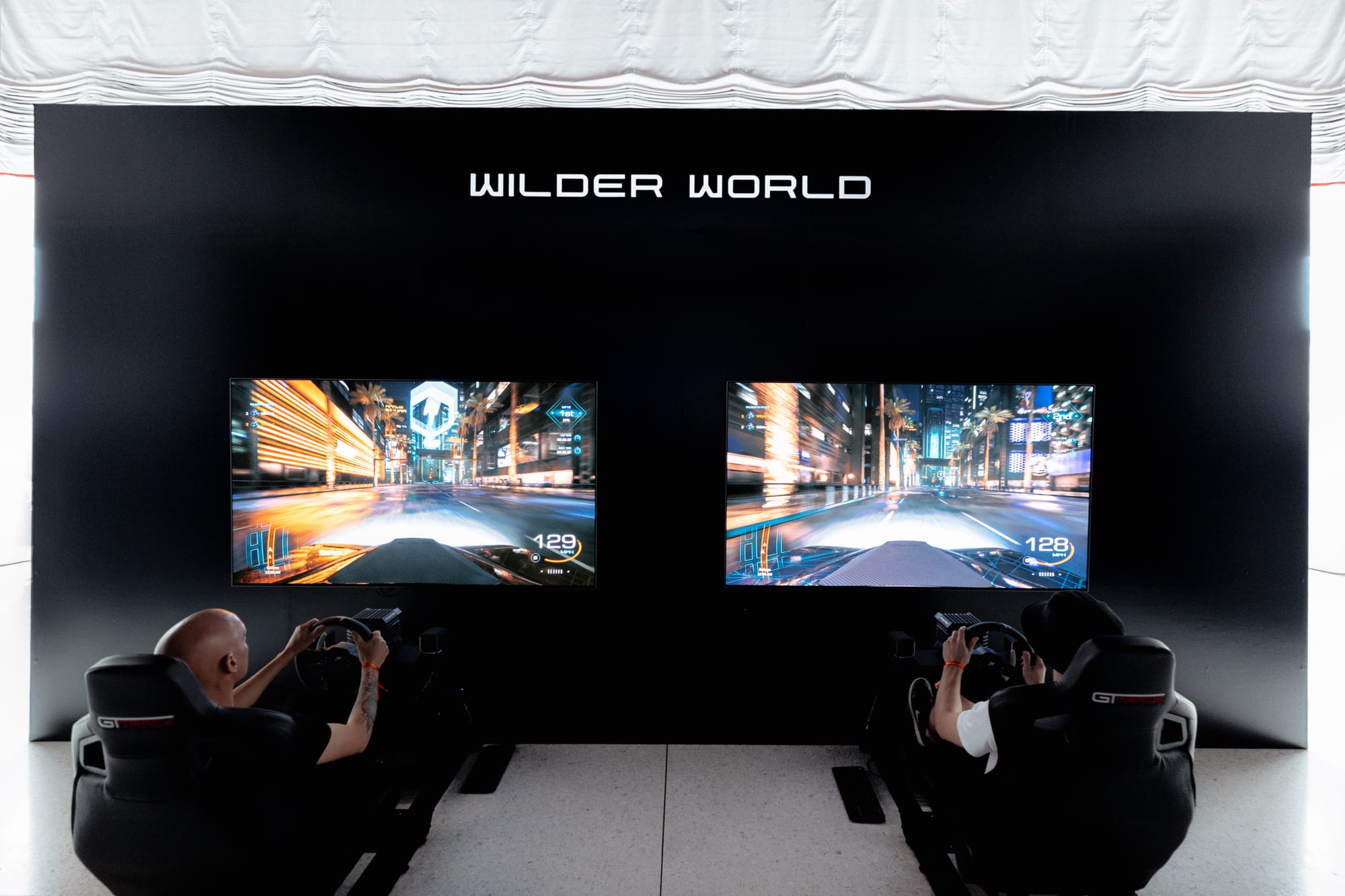
Gateway Miami Recap: Midnight in Wiami
To celebrate we launched the 'Midnight In Wiami' gameplay demo live at Gateway Miami during Art Basel. Given our roots in digital art, as well as to pay homage to our sister city, we couldn't imagine a better place to showcase Wiami for the first time. From creators NFT Now, Gateway Miami was the premier hub for web3 and digital art during Art Basel. This event brought many from both web3, as well as tech, gaming and the traditional art scene. We were in good company. Partners for the event included Christie’s, Factblock, LG Art Lab, Mercedes-Benz NXT, Ekos, Lens Protocol, Shiseido, Beatport, and Atomic Form.
The people have spoken. pic.twitter.com/rRgioWkrT1
— 0://wilder.n3o ネオ (@real_n3o) December 7, 2023
During this event, we helped transform South Beach’s iconic Faena Forum into an immersive digital art experience dedicated to celebrating and advancing the web3 movement and uniting Wilders from around the world. The event exceeded our expectations and was by far one of the busiest venues, with long lineups to experience MIW.
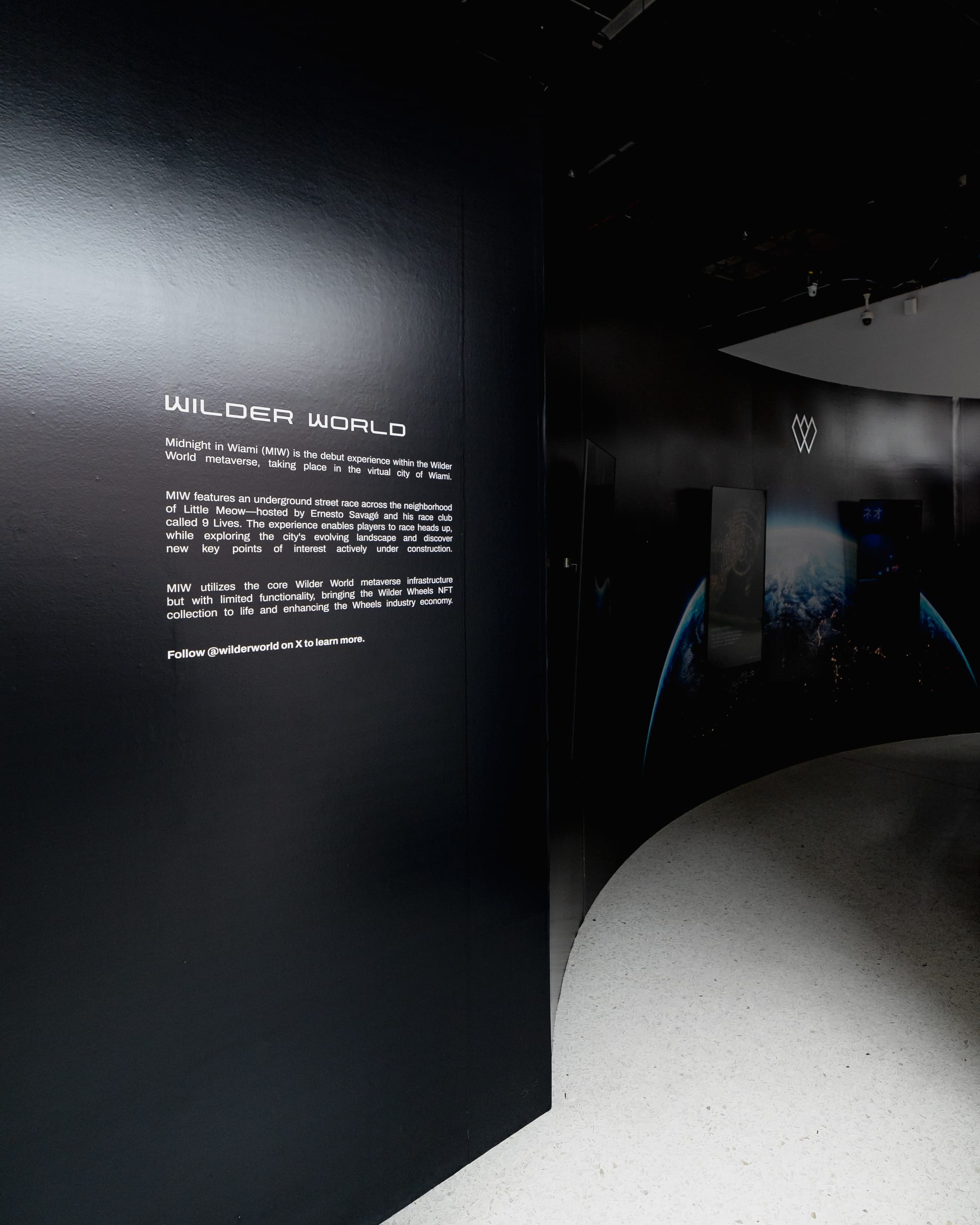
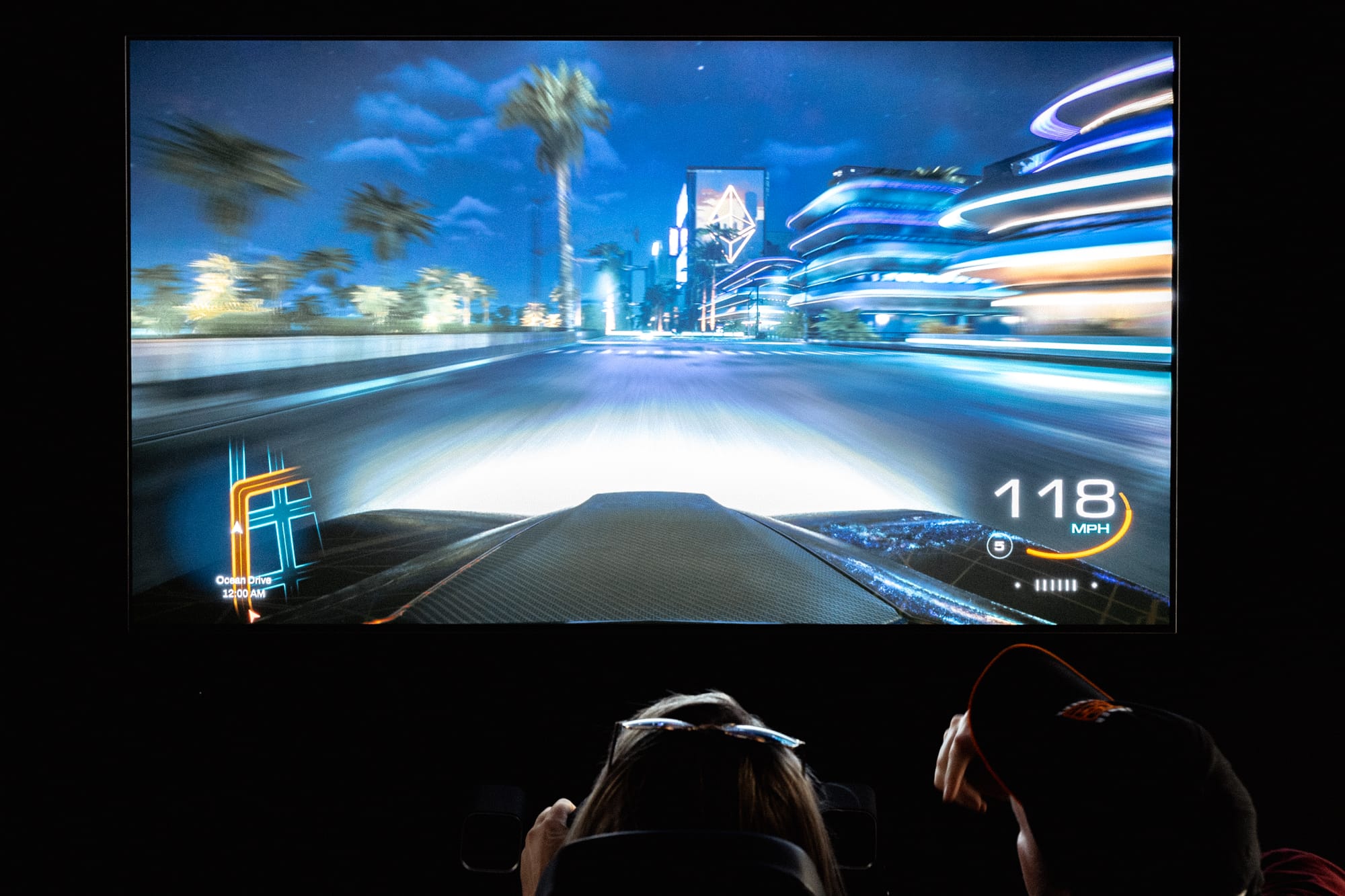
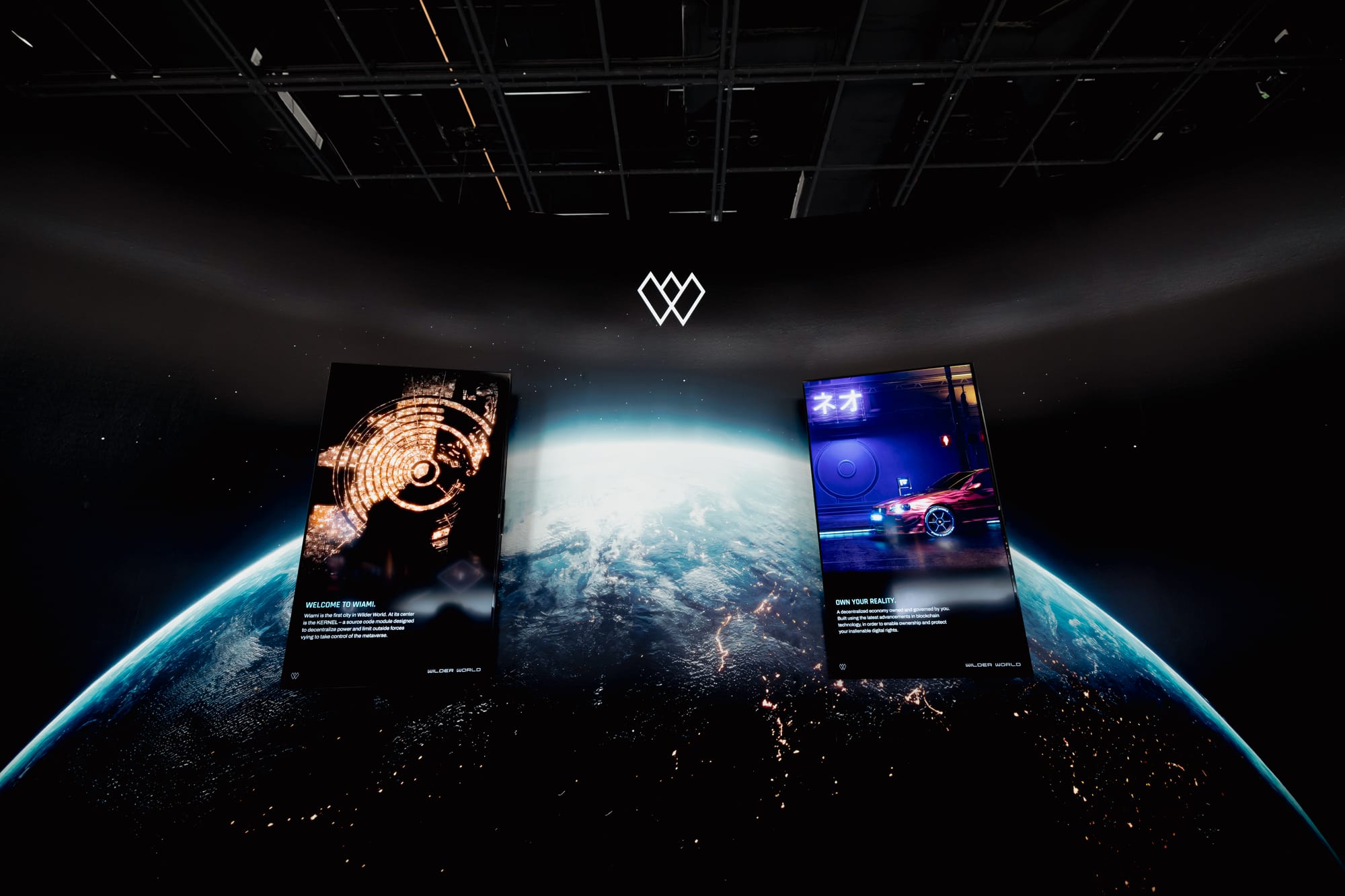
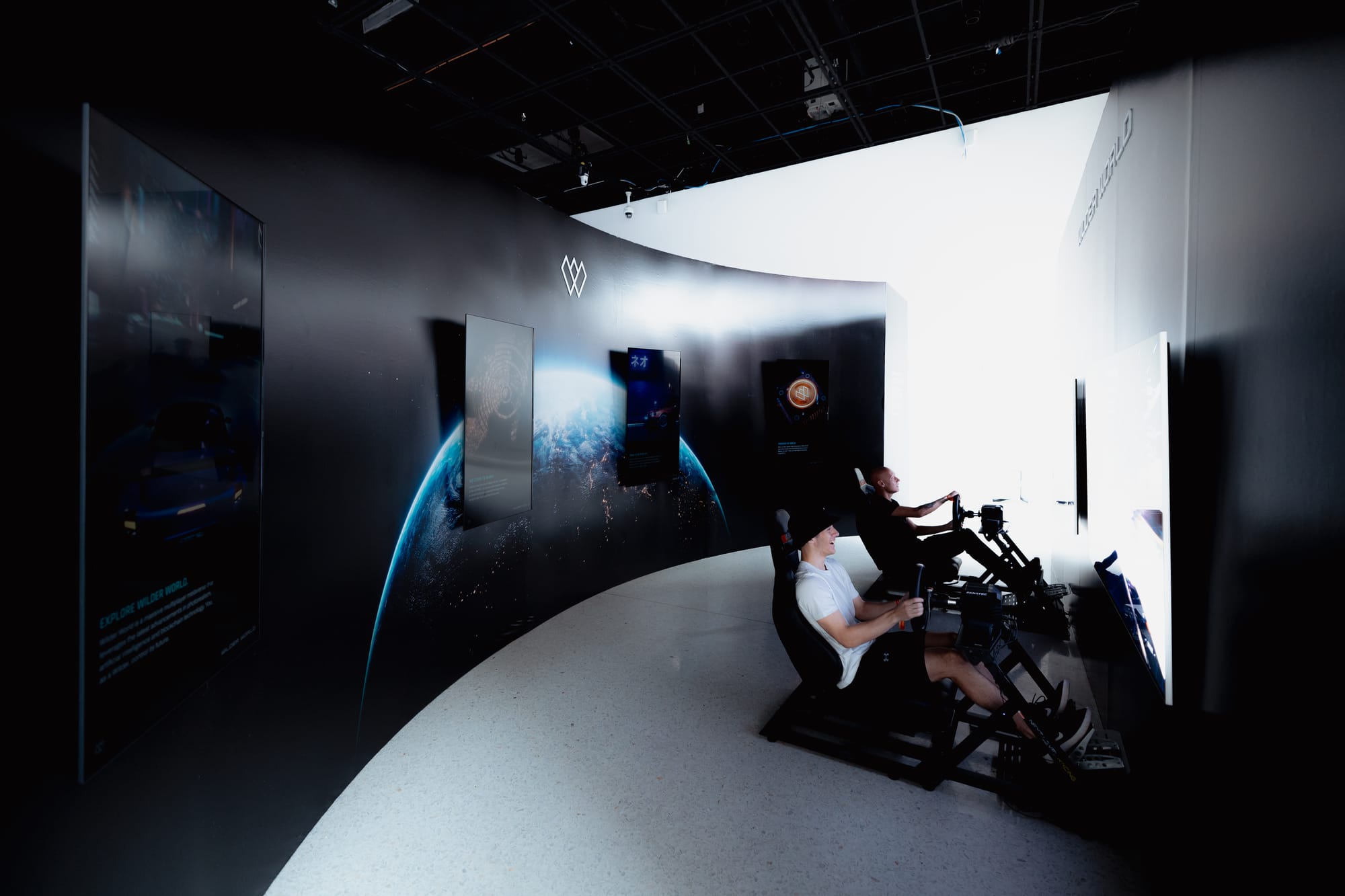
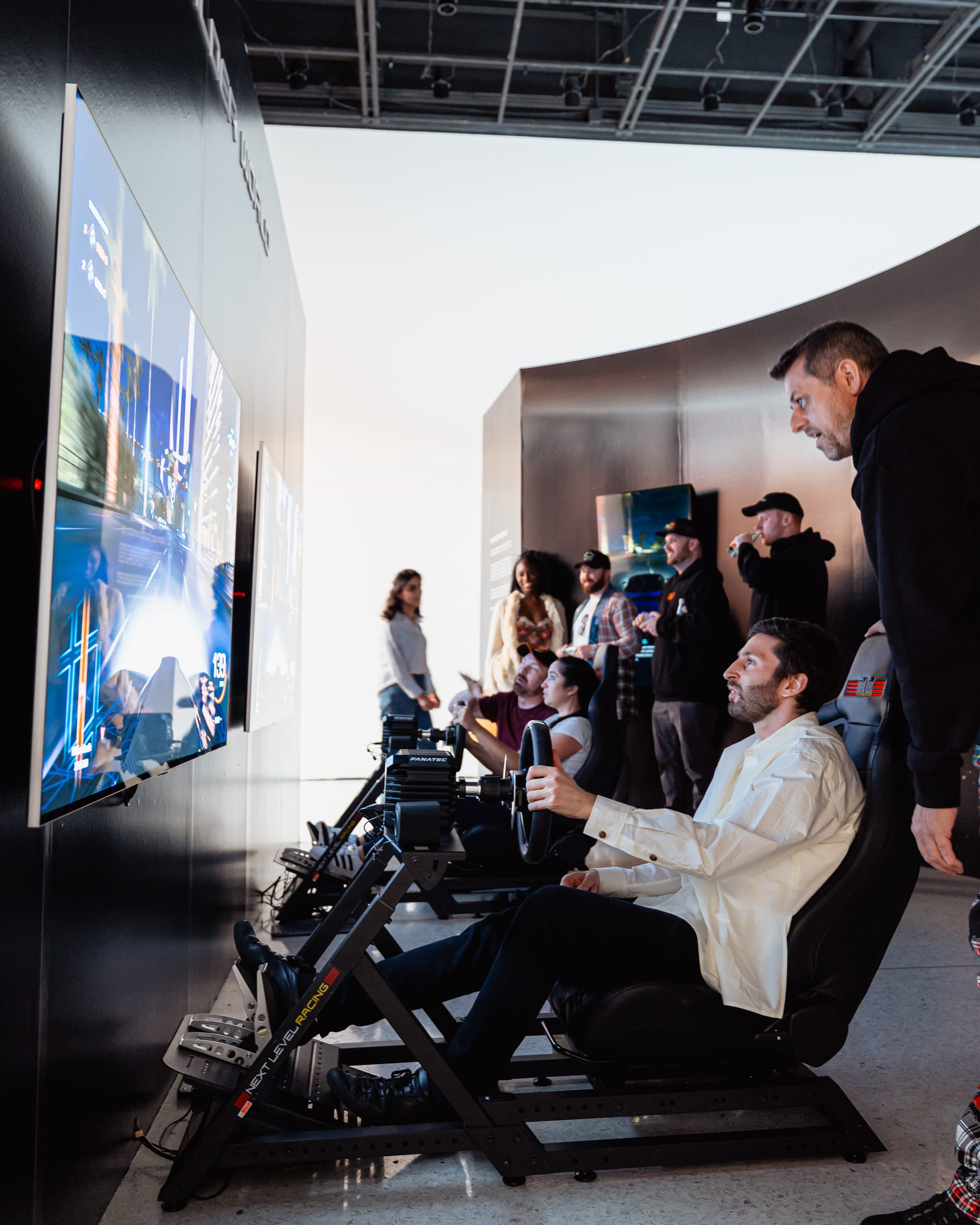
As our first live event, it required a challenging set of cross-team initiatives to come together. Our objectives for the event were exceeded:
- Get MIW into the hands of gamers and the web3 community: The Gateway was the perfect way to display MIW, with many of the biggest names in web3 coming to learn and experience Wilder World for the first time.
- Establish deep trust with the web3 community and beyond: The Wilders native mode is building and staying at our PCs. Launching in public for MIW IRL was a great opportunity to connect deeply with the web3 community at large and show them Wilder World is for real.
- Create an opportunity to unite Wilders from around the world; to come together and build deeper bonds: We looked at this from both the internal team and external community, to celebrate the incredible milestone of bringing MIW to life in Miami at Art Basel.
We are proud to acknowledge exceptional community creators who contributed to the Midnight in Wiami build featured at Gateway Miami.
In early Nov 2023, we shared a call to the Wilder Nation to submit artwork that would transform ordinary bus station signs in Little Meow into captivating artwork in time for the showcase of MIW at Gateway Miami. With 33 extraordinary pieces making it in and around the ring-fenced area of the racetrack, we wanted to take a moment to share a few in-world stills of the collection. Congrats to all the winners who’s artwork made it!
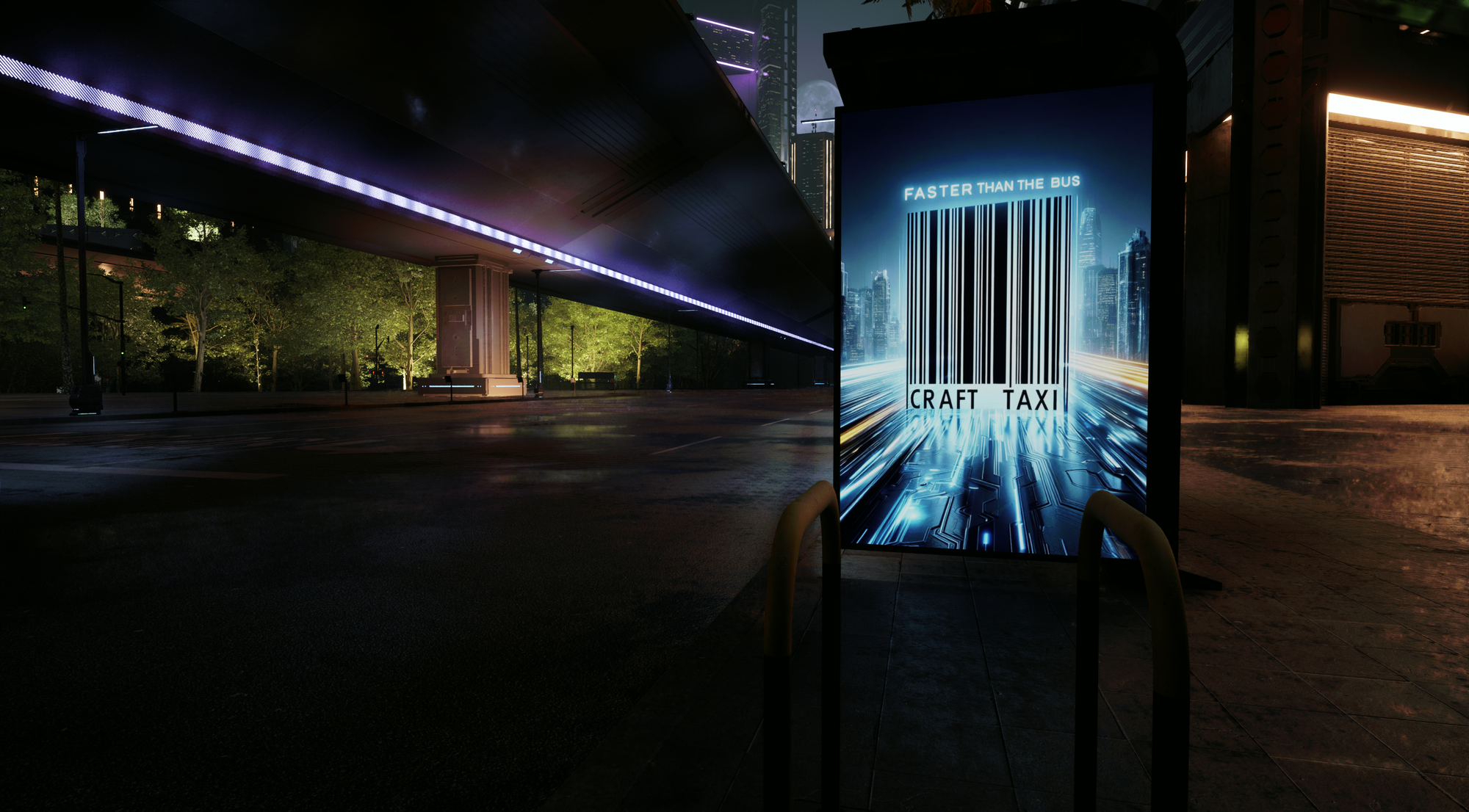
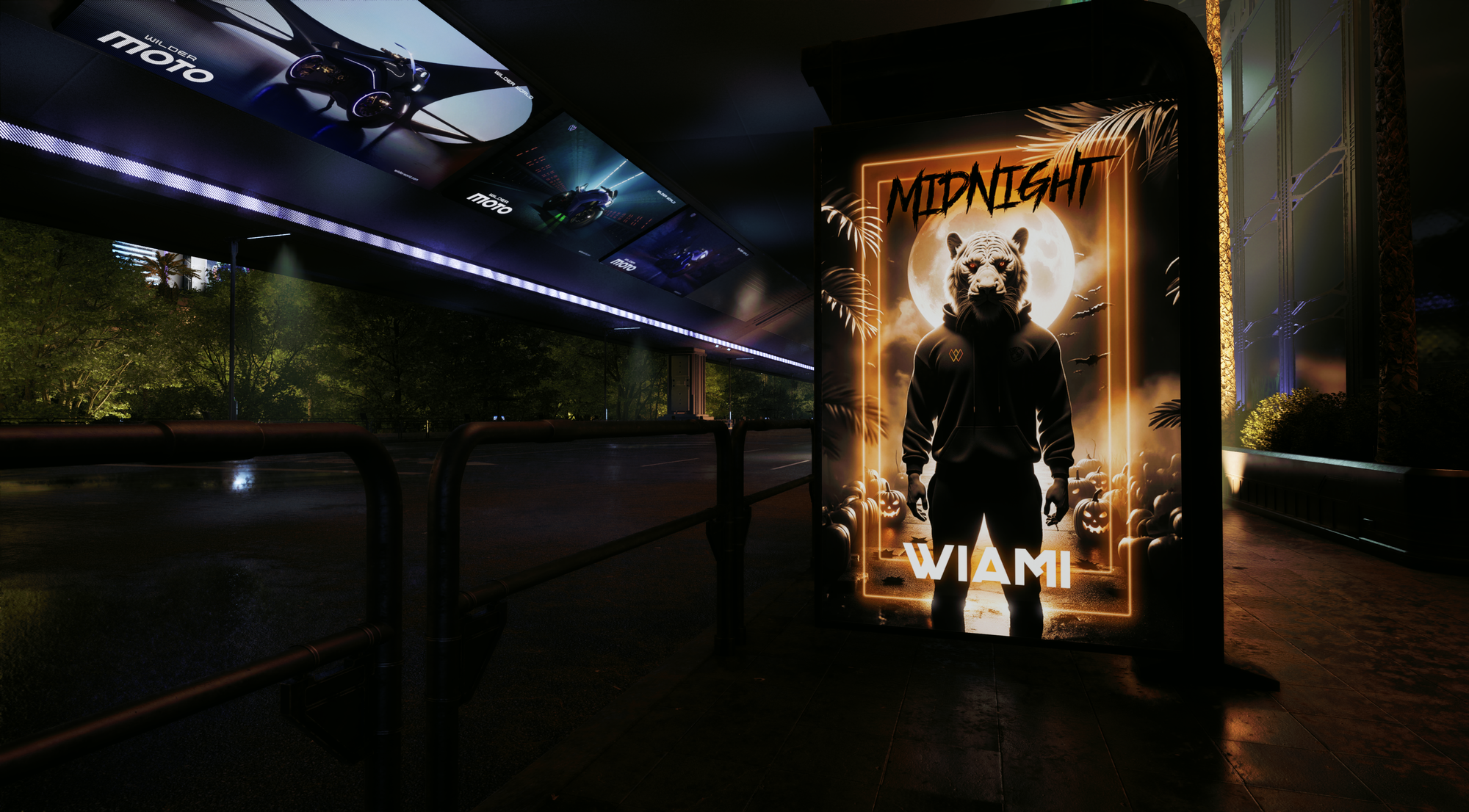
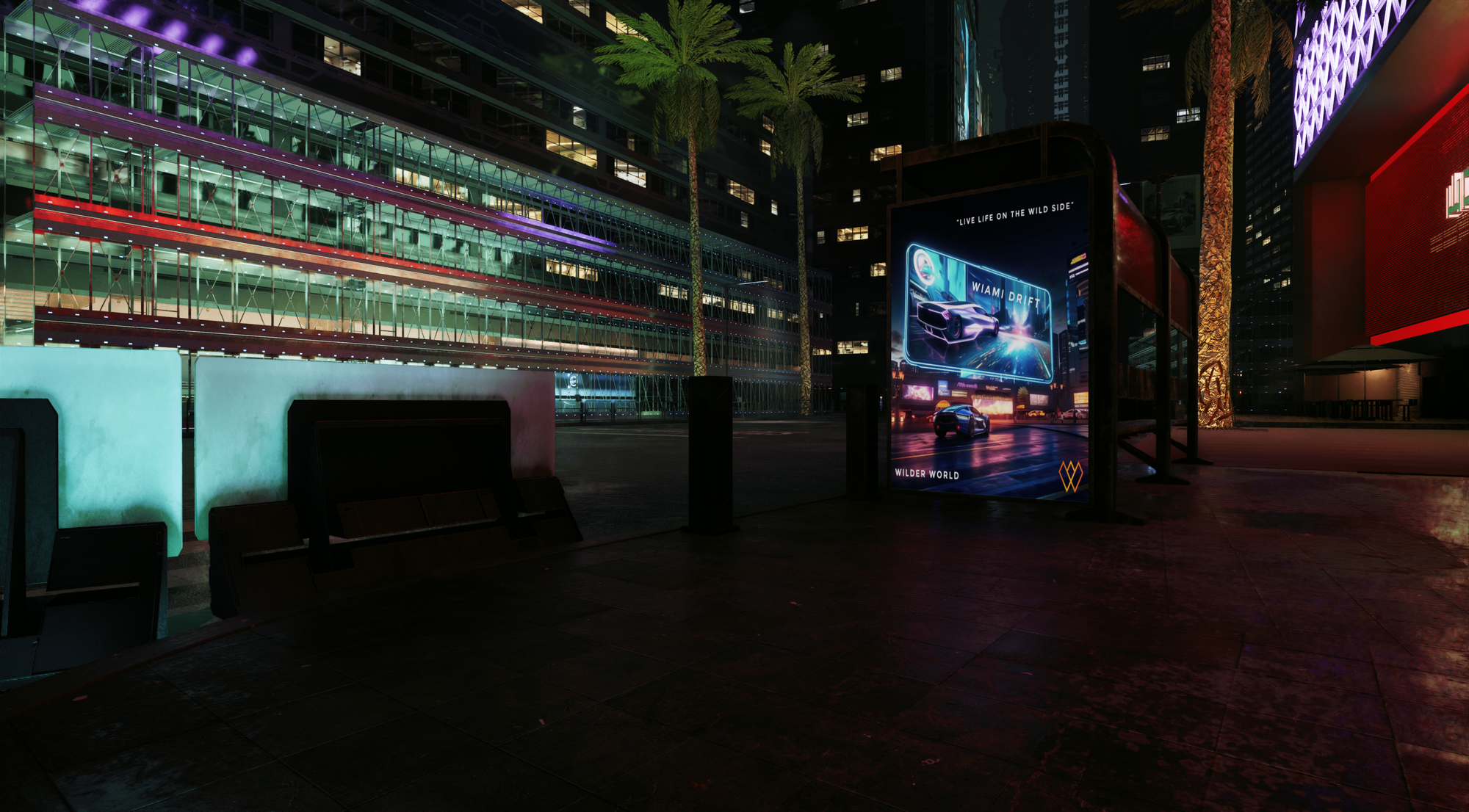
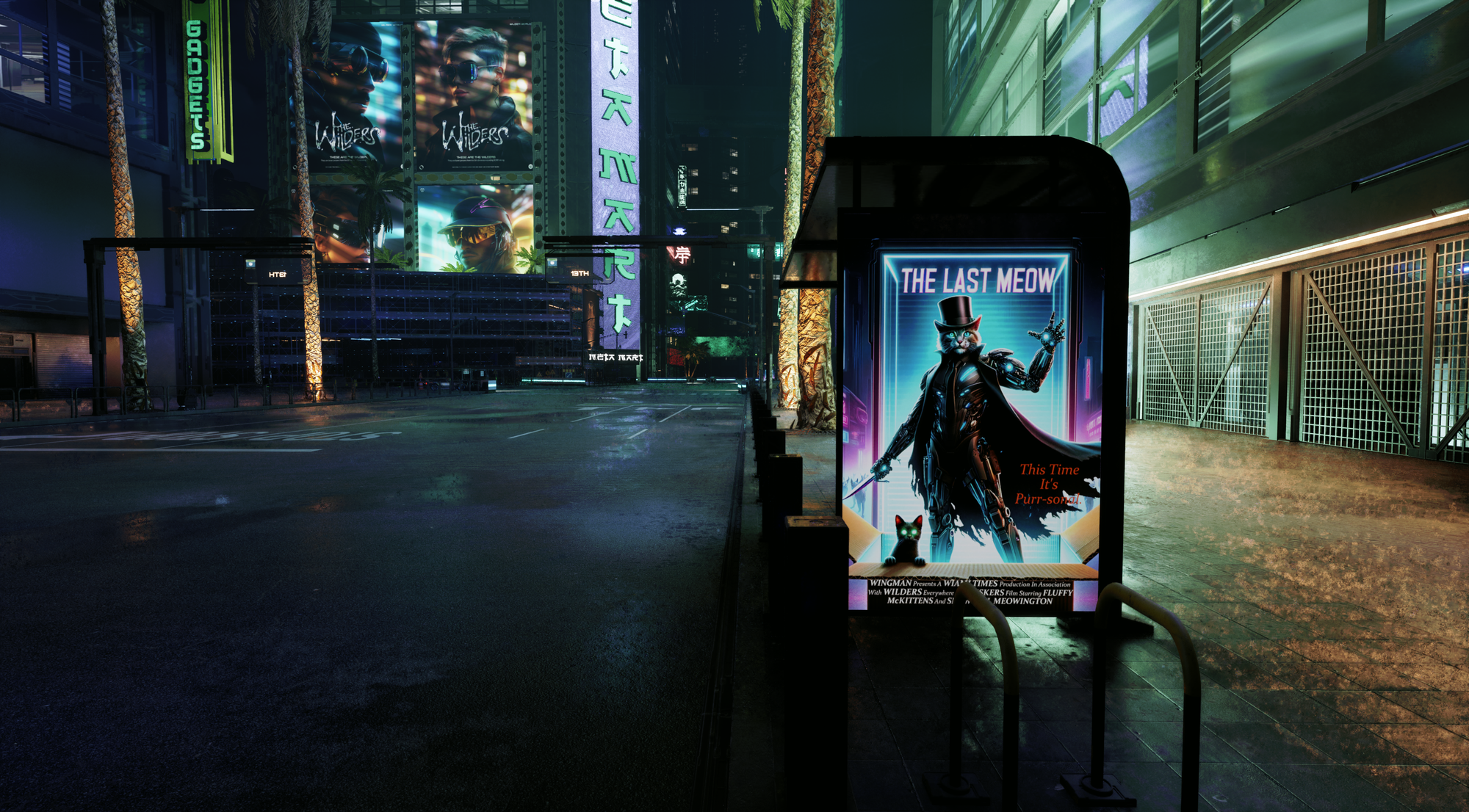
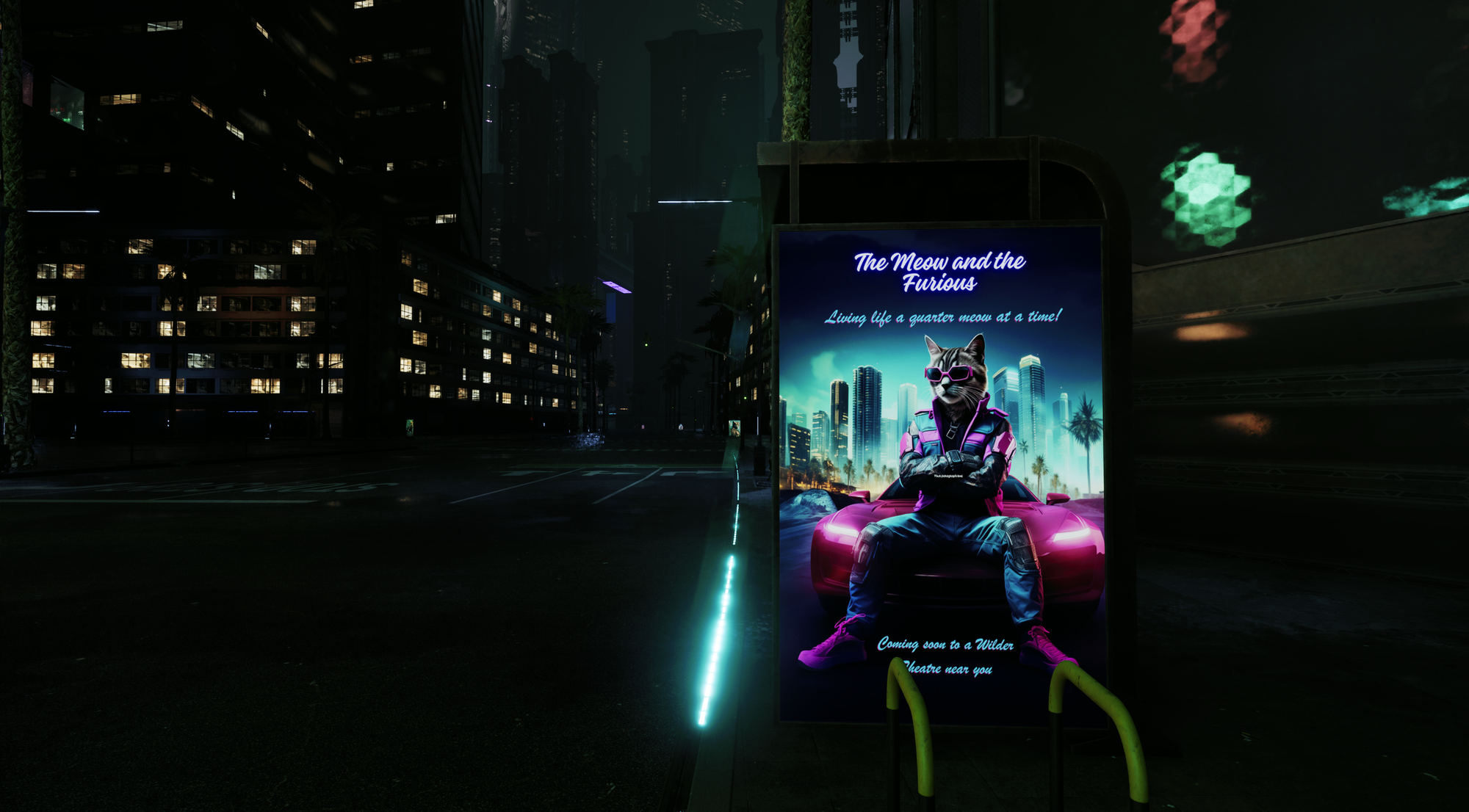
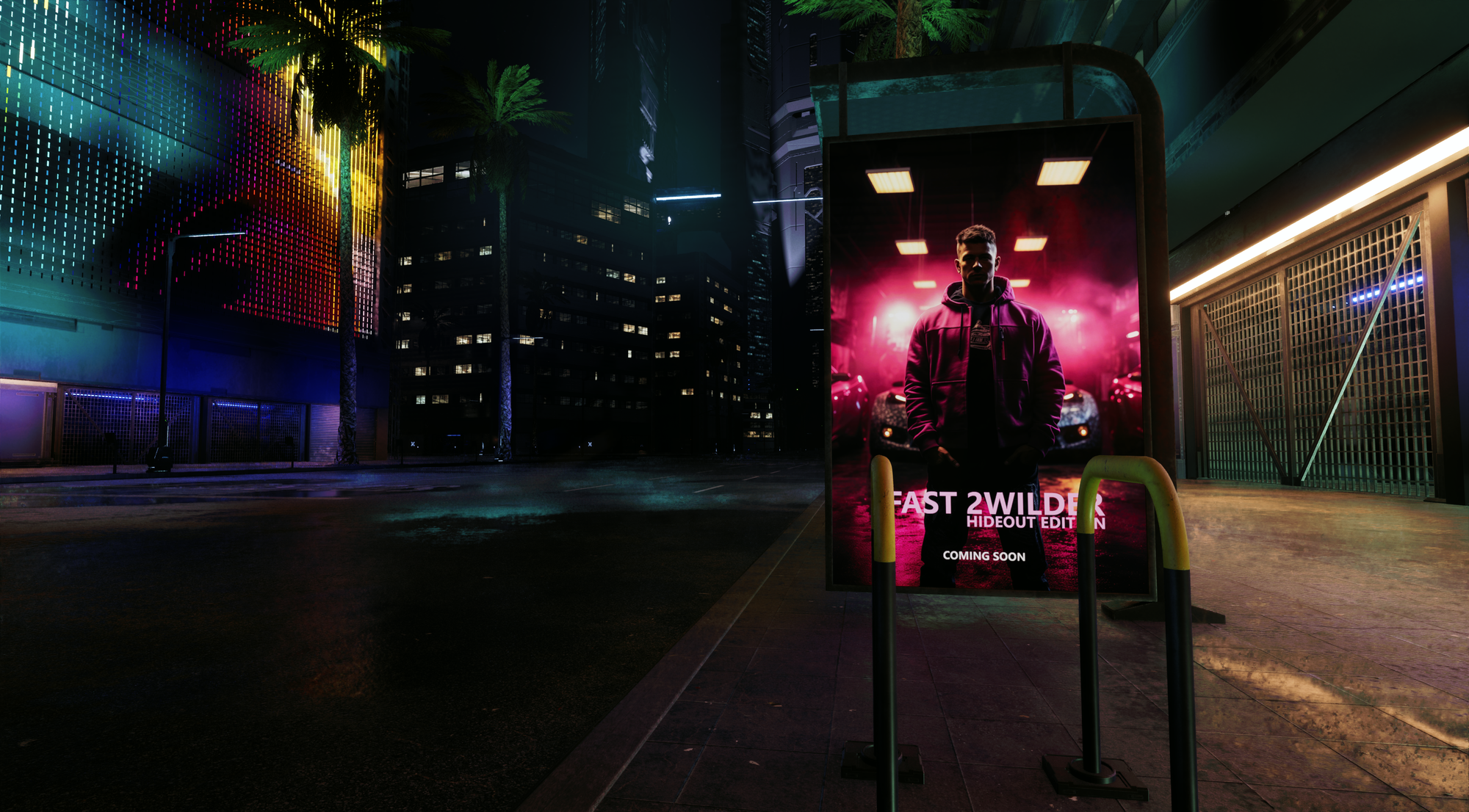
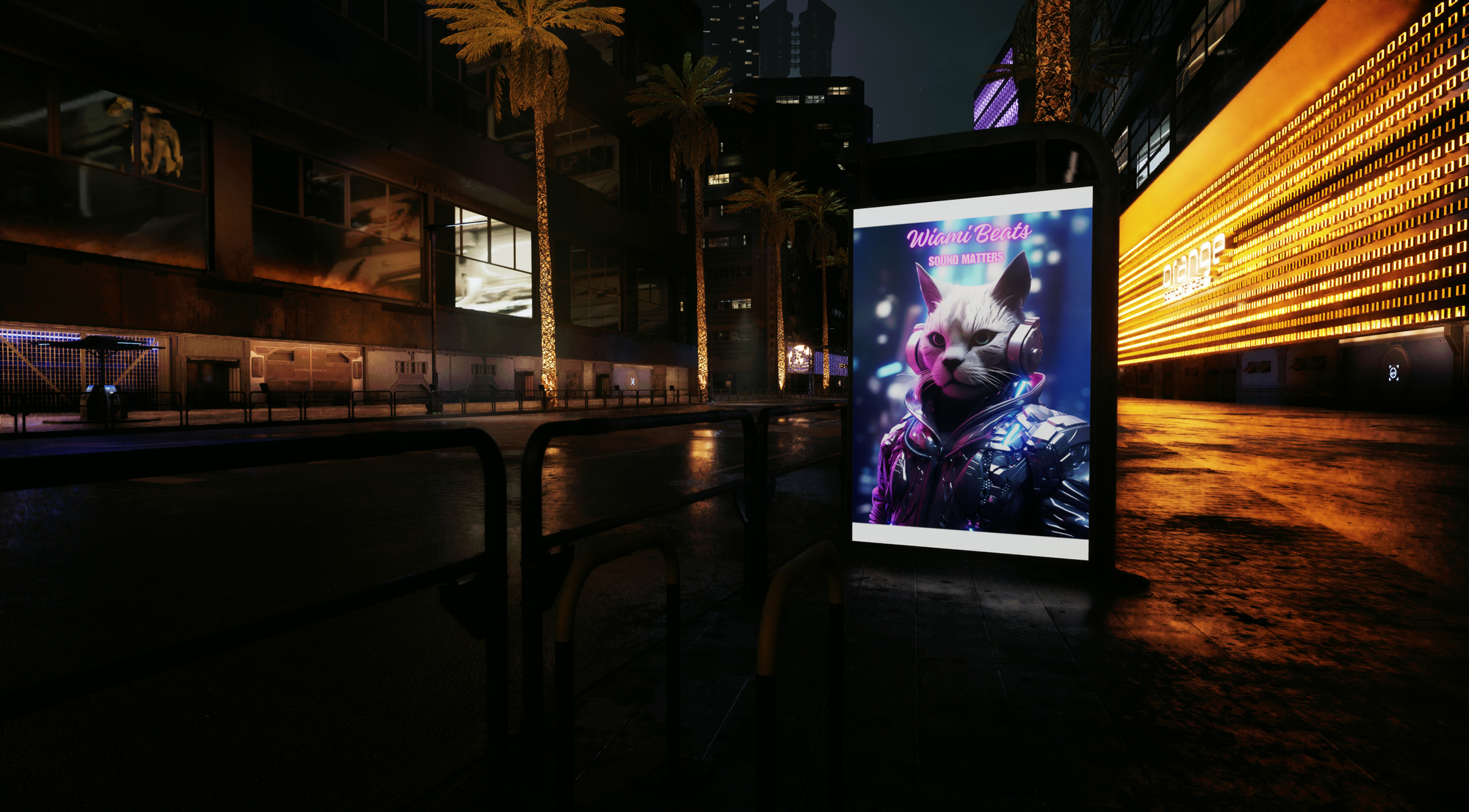
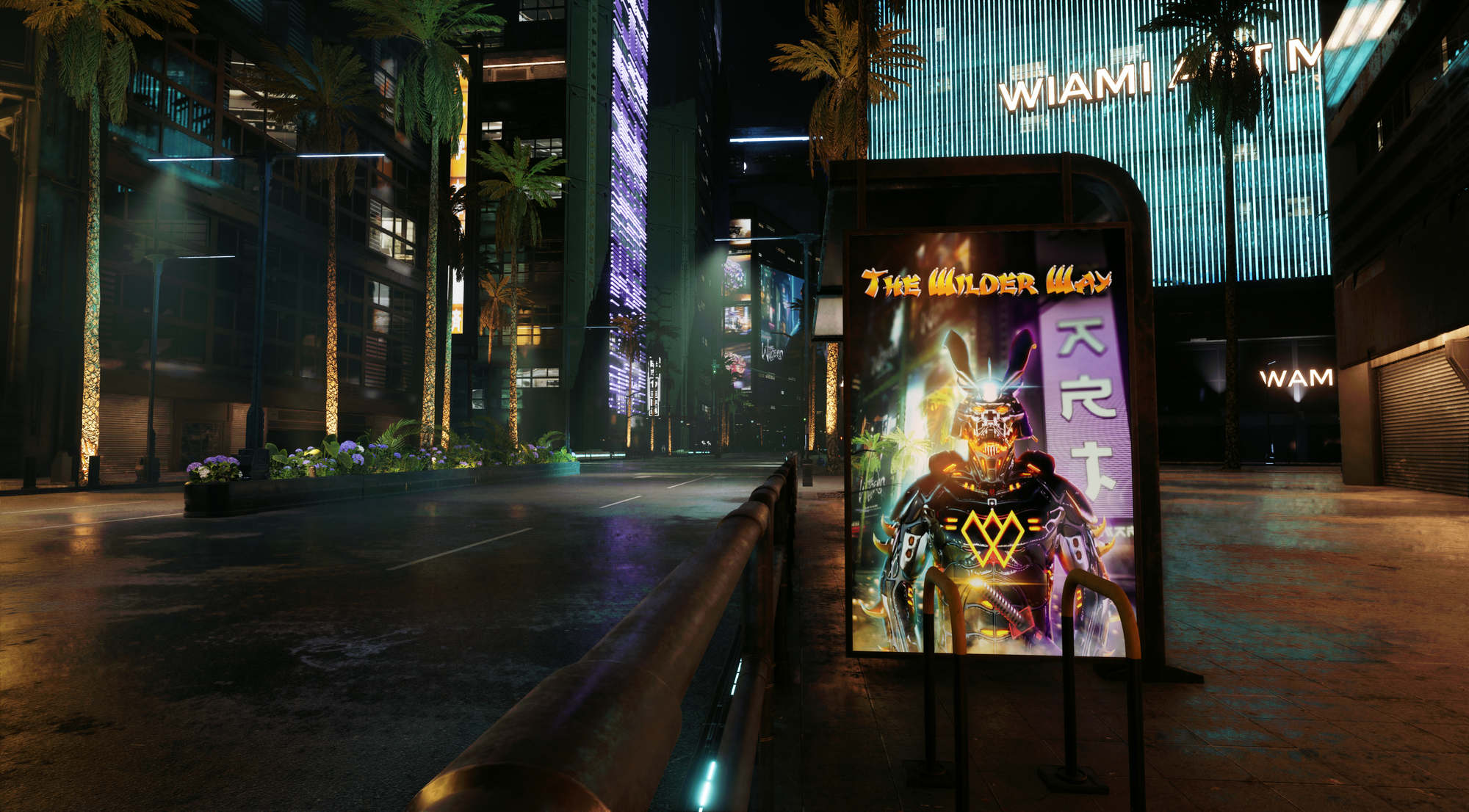
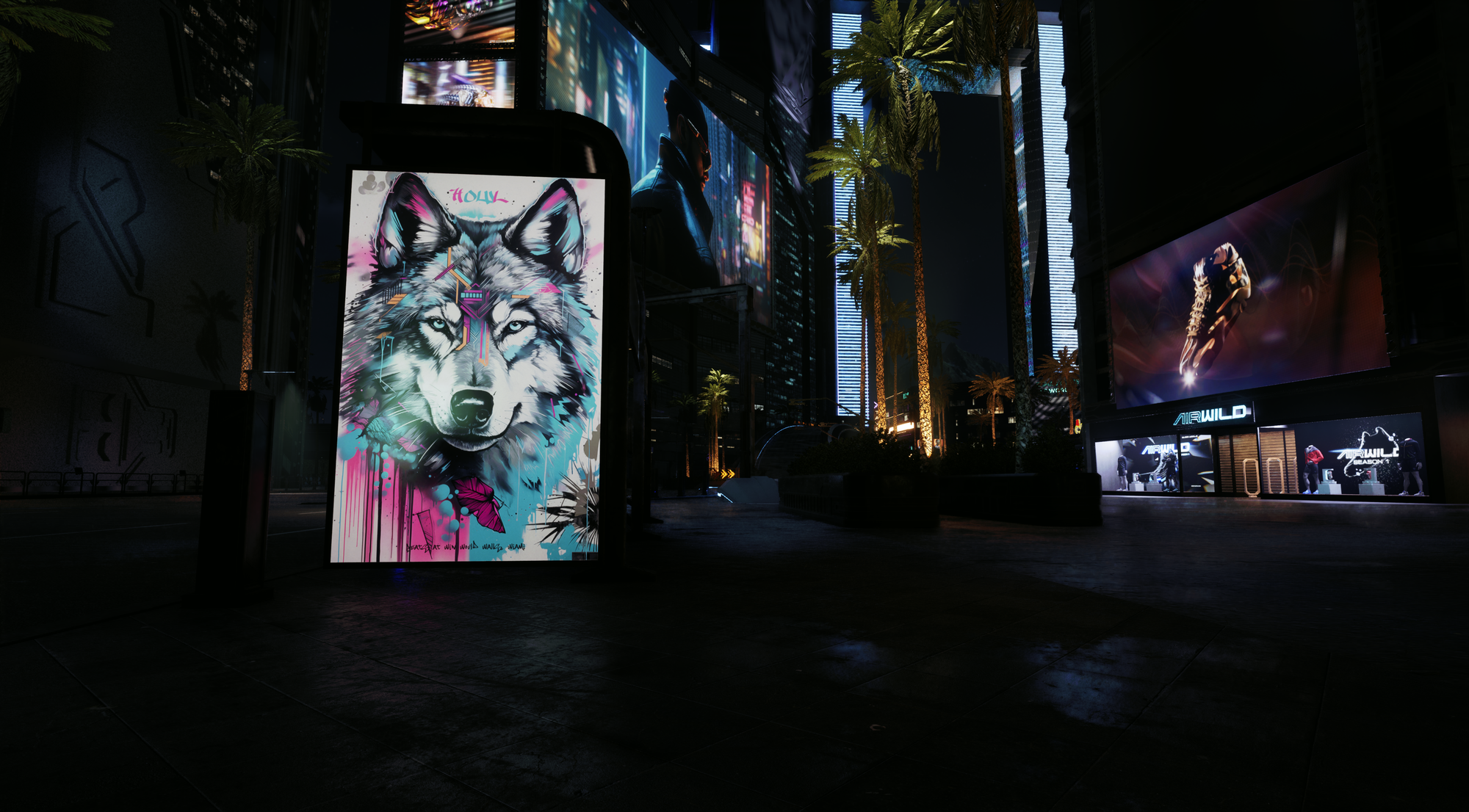
A selection of community artworks in Little Meow
Core Development
Core development during this cycle was focused on three major themes: server infrastructure, continuous updates, and live data.
Paired with MIW is a new live service infrastructure layer that enables us to massively scale head-to-head racing, as well as future racing modes, while still delivering the promise of a seamless large scale persistent metaverse experience. The trunk of the metaverse can be thought as it’s own persistent universe. Branches on the other hand can be thought of as independent server environments capable of scaling up independently. This new infrastructure layer has implemented crucial components, including but not limited to autoscaling, auto-repairing, and session management, increasing the resiliency, reliability and strength of our system. This new layer provides a strategy for scale as we build out the necessary components to enable a fully persistent universe. Continued work has happened on mass concurrency, with many tests enabling many thousands of concurrent players in a persistent shard. We are continuing to work on this and should have more information to share in Q2.
We have made improvements in our code and system to enable more rapid updates. As described above, we will begin to slowly expand functionality to open the metaverse gradually. New systems enable us to rapidly push updates, such that the metaverse can be developed more like a piece of ever evolving software, and less like a traditional game, which is based on relatively infrequent and monolithic updates. Frequent updates will gradually expand the gaming experience, offering new content, challenges, and exploration opportunities. This step-by-step approach not only lines up with our commitment to community engagement but also lets us fine-tune and improve the gaming experience based on user feedback in as close to real-time as possible.
Live data services are being utilized to increase the number of items we are actively monitoring. To proactively find bugs, performance issues, and infrastructure issues. In addition, many new tools have been created to increase development speed, such as a real-time analysis solution, that actively diagnoses game performance based on every change. These types of tools enable us to move faster, discover issues quicker, and iterate. We believe the race to the metaverse will be won by compounding improvements based on real-data generated from real players, in as close to real-time as possible.
The core development team has been working hand in hand with ZERO teams to smoothly integrate web3 functionality across various aspects of Wilder World. This integration spans from the initial login processes to economic transactions within the game environment.
World
We have continued to fine-tune our concepting process by embracing our new in-engine pipeline, which enables us to tap into the magic of procedural tooling and AI. By adding more variety to handmade, finely detailed panels, windows, and doorways, we're opening up new possibilities for tile variations. These variations become the building blocks for our generators, letting us create diverse structures with a unique touch.
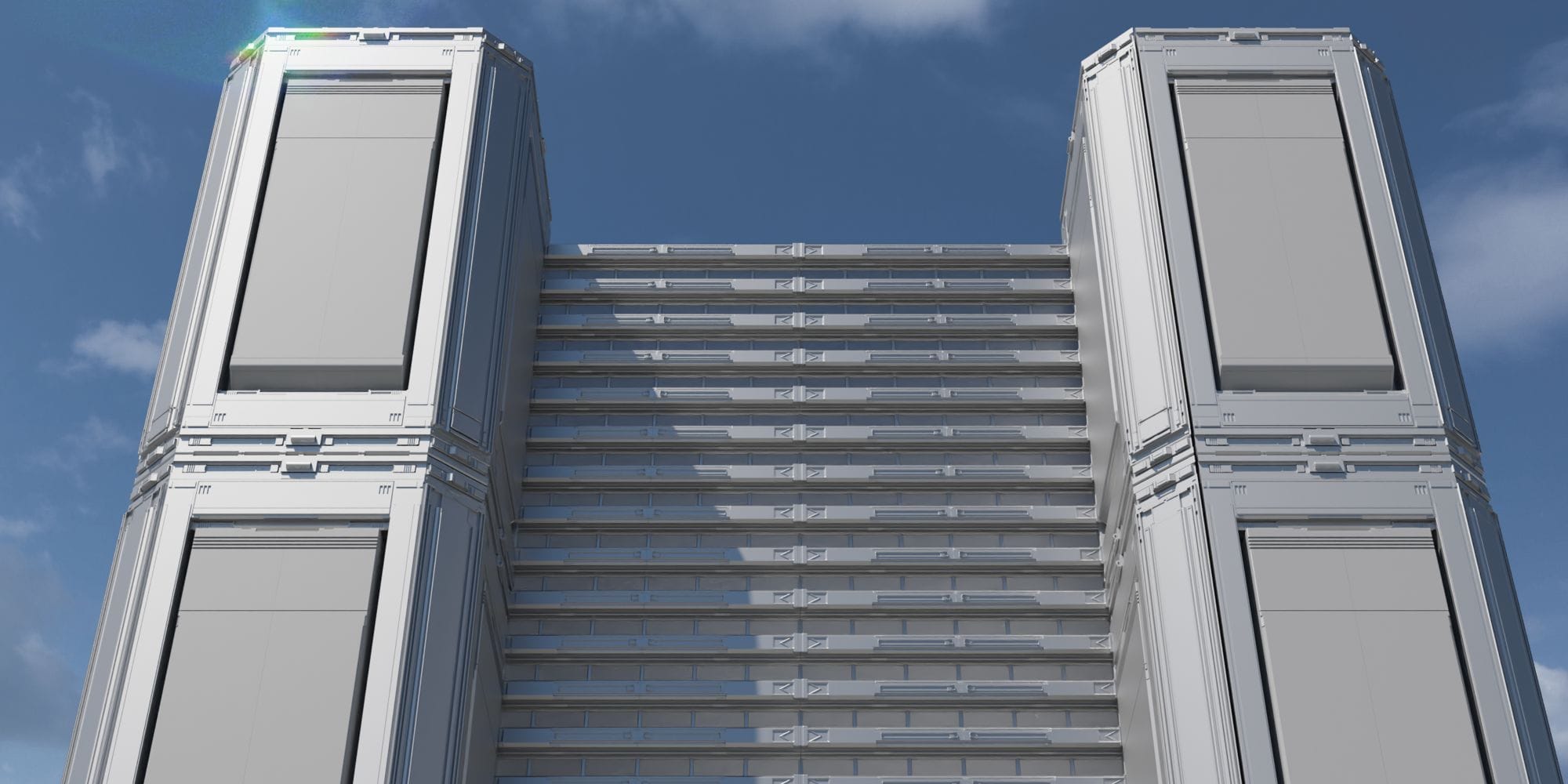
Having a large variation of panels allows us to create a distinct, repeatable aesthetic that can be applied to specific neighborhoods to bring a unique charm to every corner of Wiami. On top of this, we can use various set dressing techniques for banners, pipes, cables and emissive signs. The possibilities are endless.
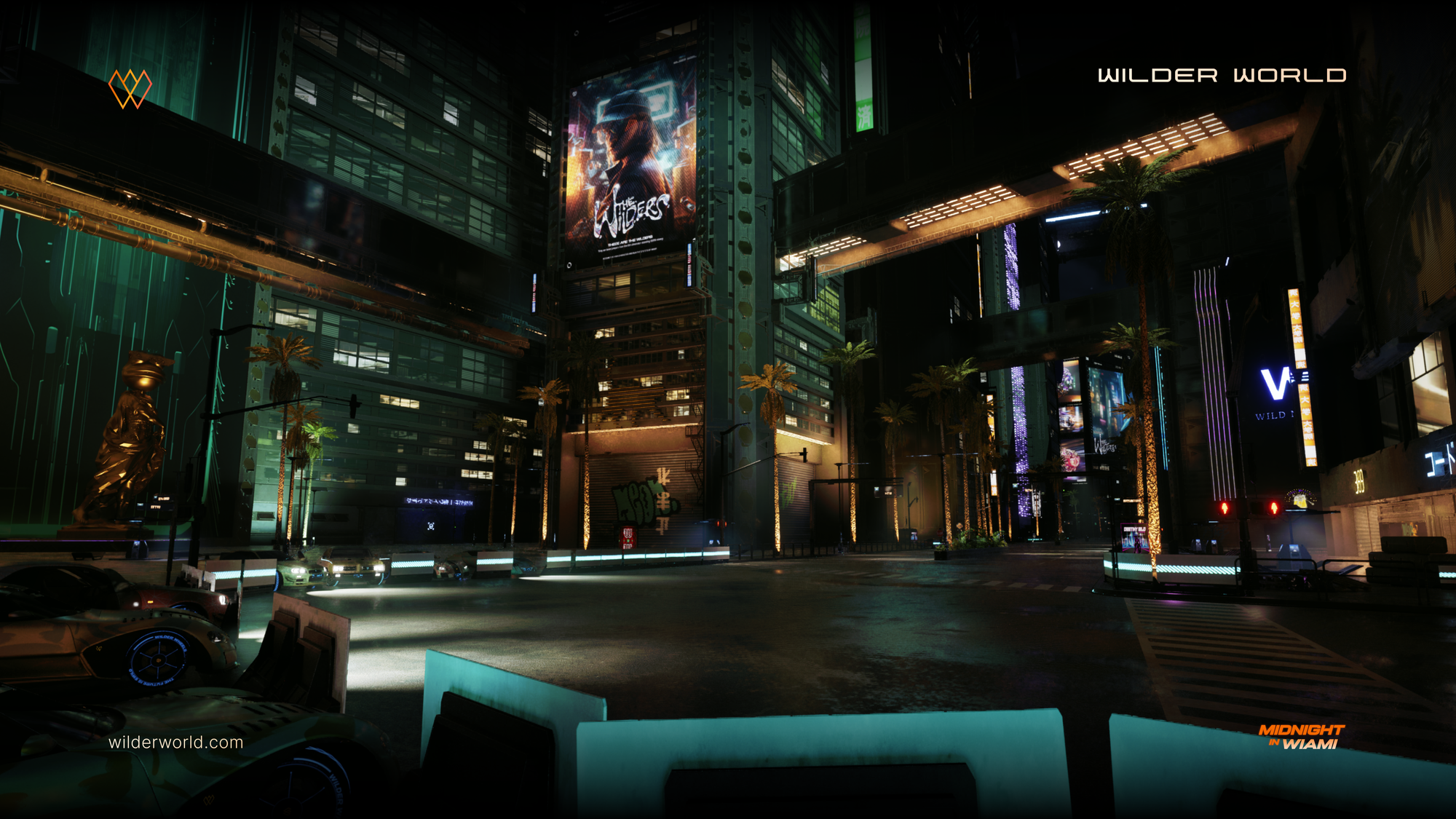
One of the main challenges presented for the world team when creating MIW was the simple requirement of it being at night time. Lighting is one of the main performance costs when creating a game. Generally speaking, daytime can be much easier from a performance perspective, due to the fact that most lighting is coming from a single source (such as a directional sun). Night time however is a completely different beast. You need to use a variety of lighting techniques to ensure the world is visible without having a performance hit. Making MIW at night was as much an aesthetic decision as a strategic technical decision. If you can make a world look good in the day, it does not mean you will be able to make it look good at night. If you can make a world as expansive as Wiami look good at night however, making it look good at any other time of day is easy.
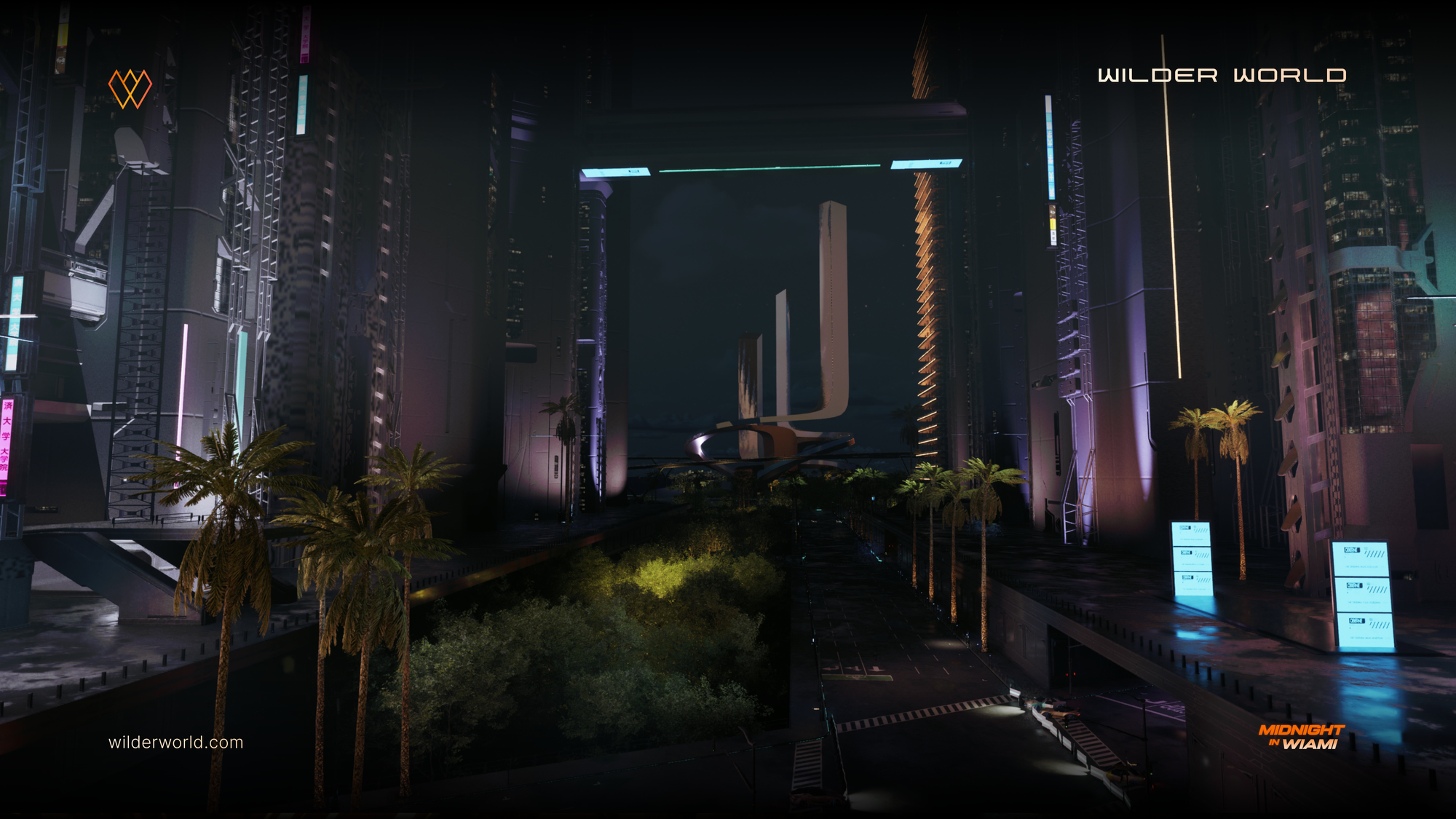
Procedural
Building Generation
The building generator has taken a major transformation since the last Dev Log. We continuously improve its capabilities and ease of use. The tool lets non-technical artists draw boundaries, set various parameters, and select which panels to use in its construction. These tools are designed in partnership with our concepting, world and development teams, to ensure that our art styles are matched and performance is high. In the blink of an eye a building is generated in a smart and efficient way which properly uses instances and optimizations required for world development.
A major focus of the building generation tool for MIW was on windows. In a cityscape, windows are what make or break the realism of life in the city. To create realistic windows requires controlled degrees of randomization of interior lighting, interior color variation, and a large set of interior designs. These settings are controlled directly within the building generator tool and can be changed or dialed in at any time. All these factors make a building feel “lived in” and active.
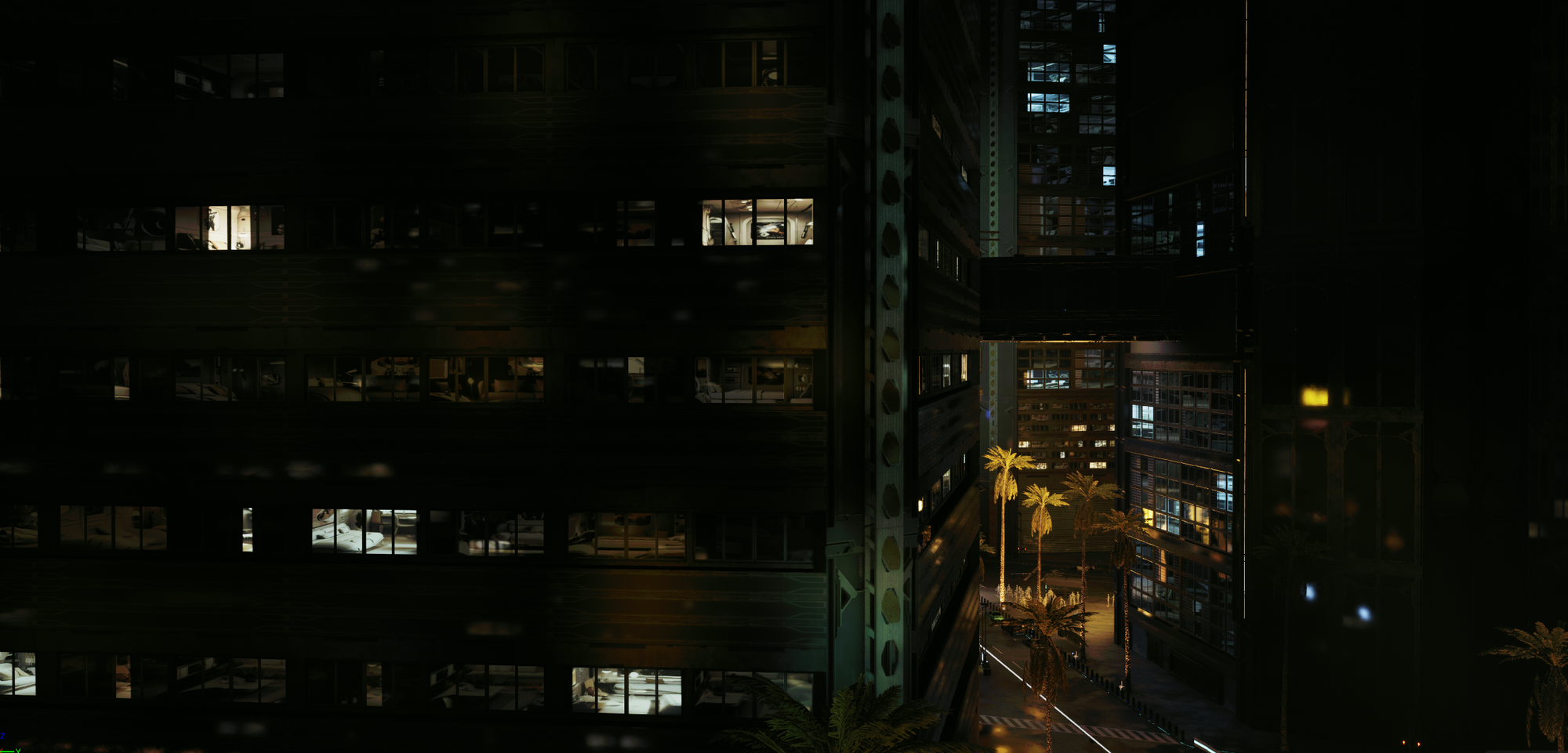
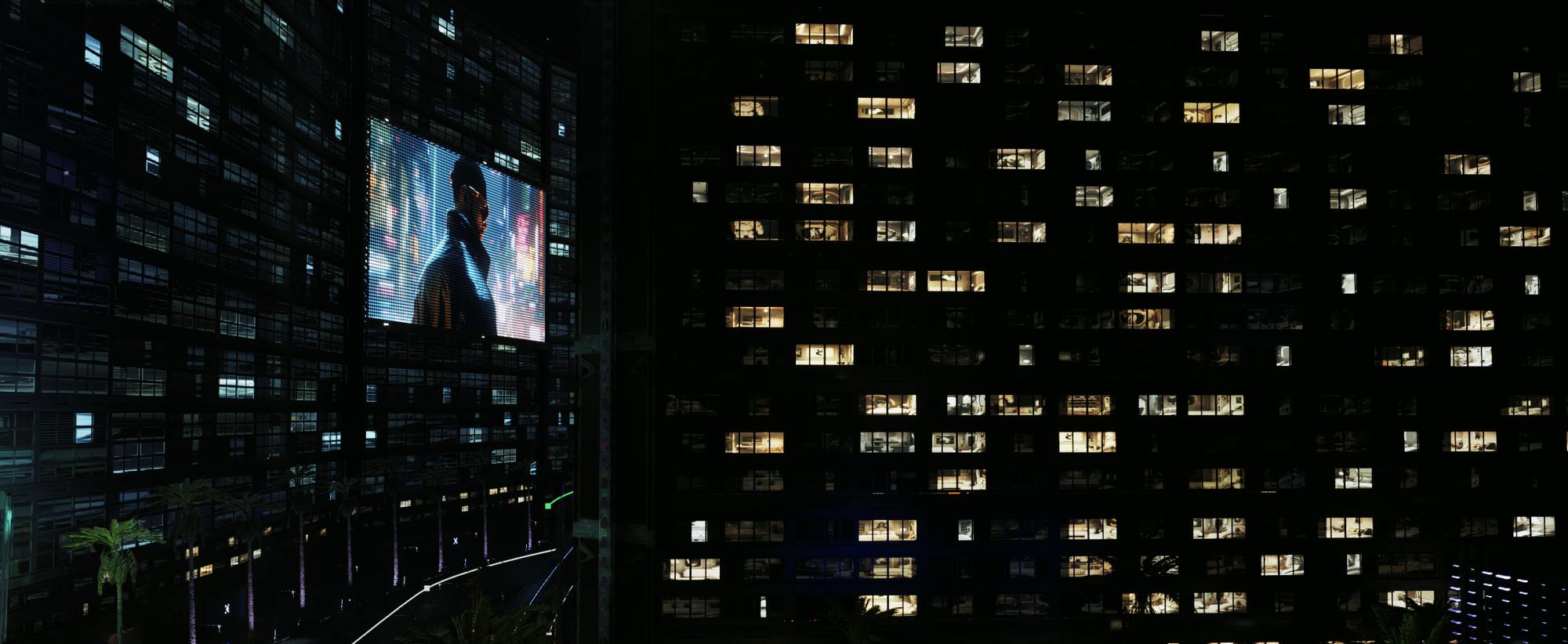
A large amount of building interiors are needed to create realistic variety within. Through the use of AI models, we trained on data sets of designs made by our artists to output thousands of box map interiors, which give our buildings their interior spatial quality. These images are mapped to the windows in a way which makes them appear to be 3D, and then change accordingly in perspective, depending on how they are viewed.
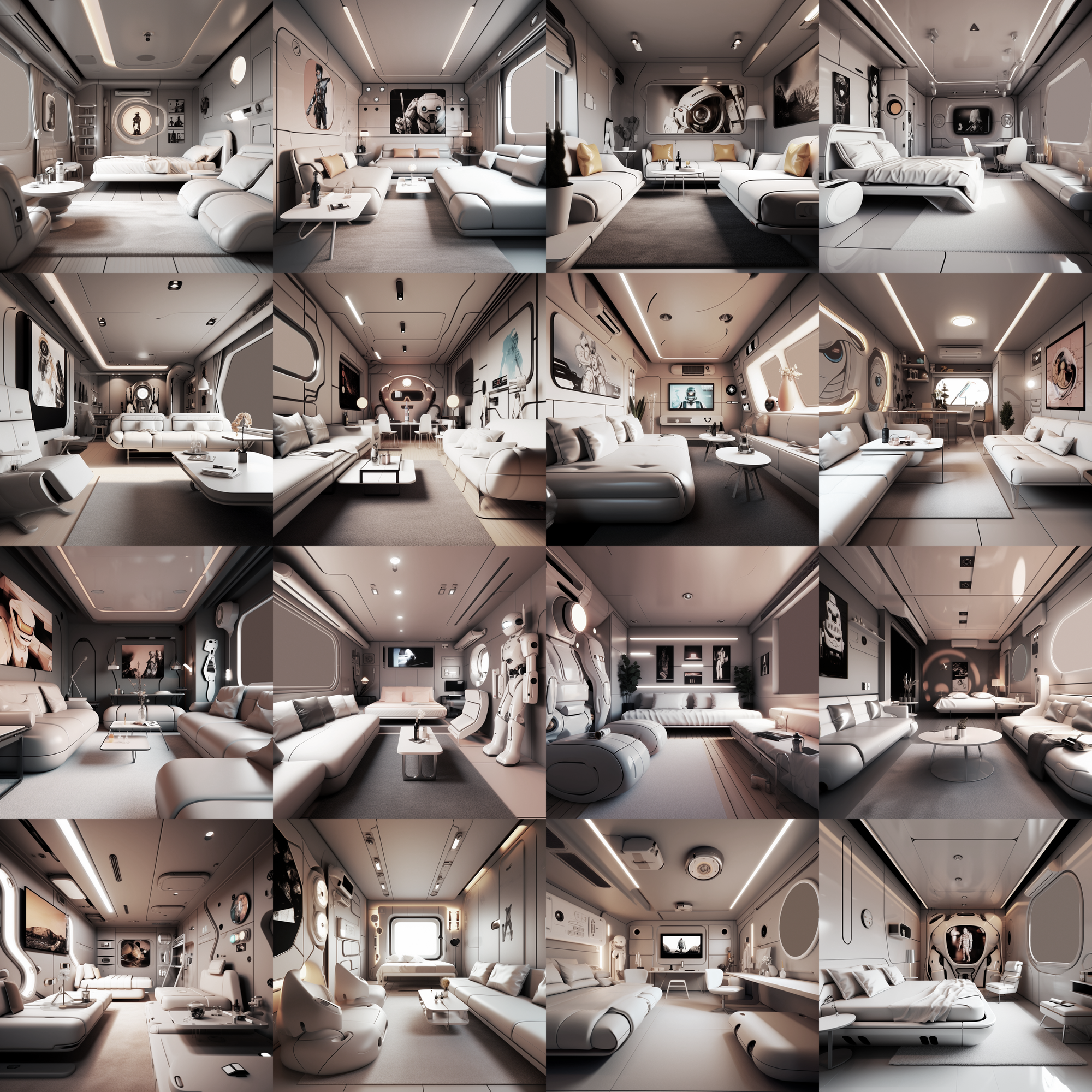
Another level of realism for building windows is their exterior treatment. There are added layers of glass treatment which can be overlaid across the windows to control frost, fog, blinds, etc. These things can even be connected to the environment and weather conditions such as rain, or snow, while maintaining world performance.
Among many other developments in the building generator, a heavy focus was also put on control of the ground level, including the variation of storefronts and entrances. The street level is one of the most important aspects of the city. A large degree of height and division was required while maintaining ease of use for artists.
Overpass Generation
Our overpass system lets artists develop complex highway systems by drawing paths, which you can read about in more detail in Dev Log 2. Since then, the focus has been on connecting the overpasses into Wiami’s street level network. This was achieved by automated merge segments, which connect from the city streets to the overpass ramps, with a set of simple settings they are generated by themselves and connect properly to the road network.
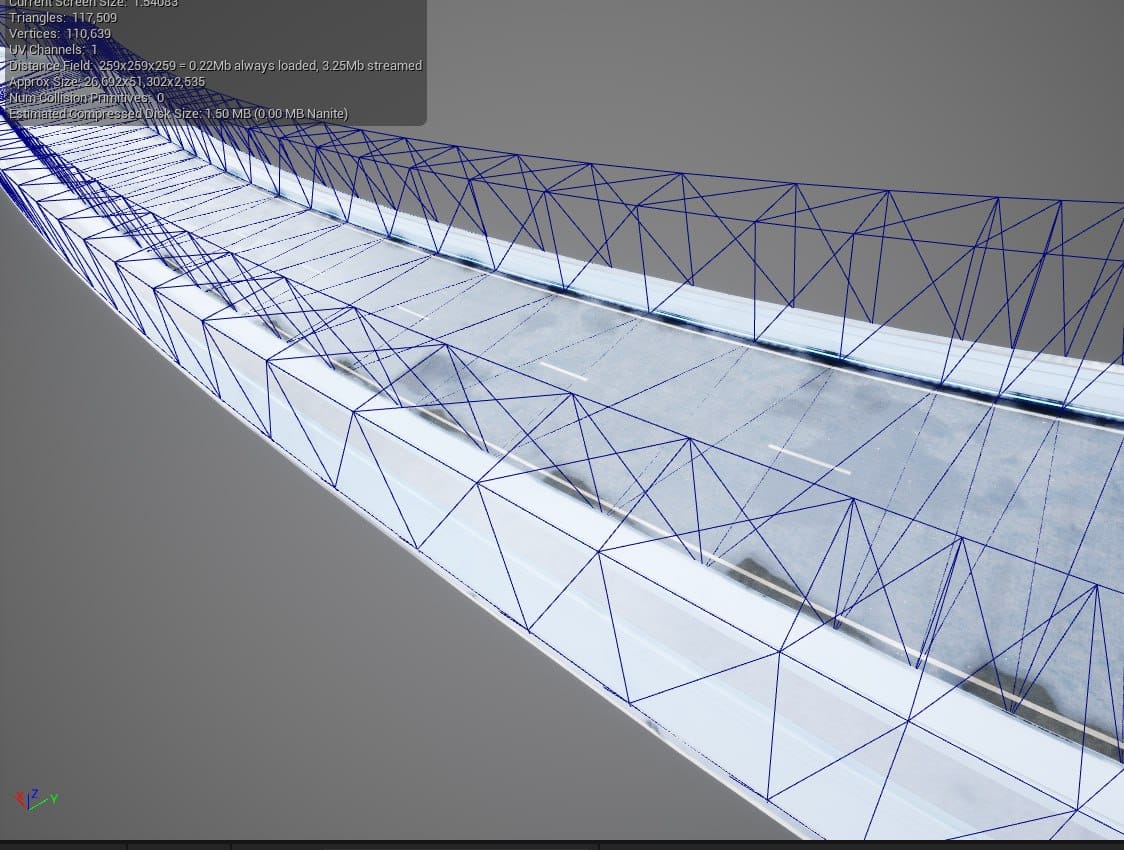
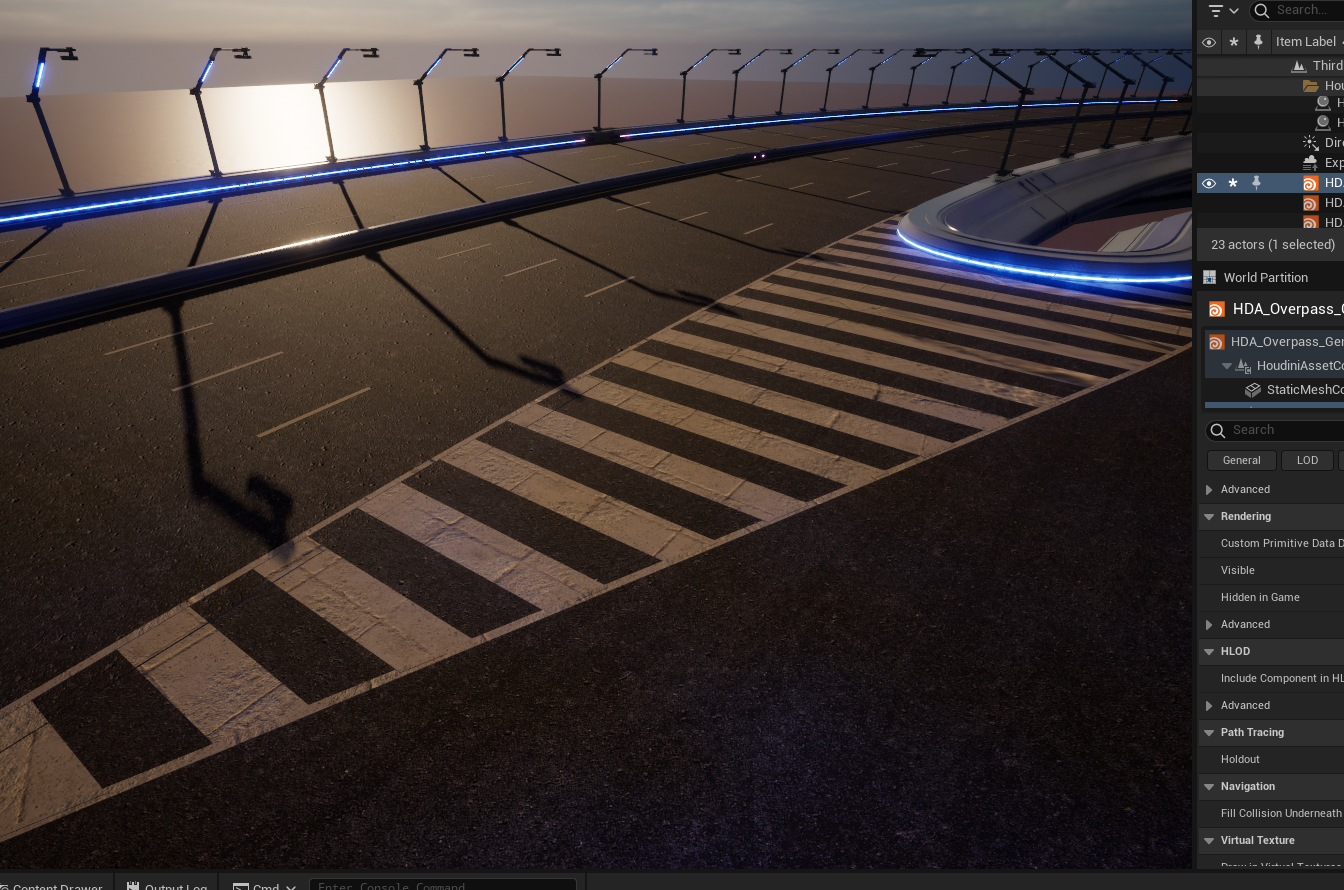
More realistic automated road markings such as road lines and paint have been developed to bring an extra level of immersion into the driving experience.
Lastly for the overpass generator, our Barrier tool from Dev Log 2, was adapted to work on inclines and curves to apply rails and guiding arrows along the important edges of the highway and ramp systems, specifically around turns.
Signage Generation
Our signage tool has had a major upgrade, enabling signs to be generated in 3D directly from a 2D image. Simply input a 2D image and the generator creates a fully detailed 3D sign from it with various settings to control the options for its construction. This allowed us to bring the brands and businesses of Wiami to life in MIW, with signs that can have a great level of fine detail and nuance. The tool also works in the classic way where a user can type in text and select a font to also generate a sign.
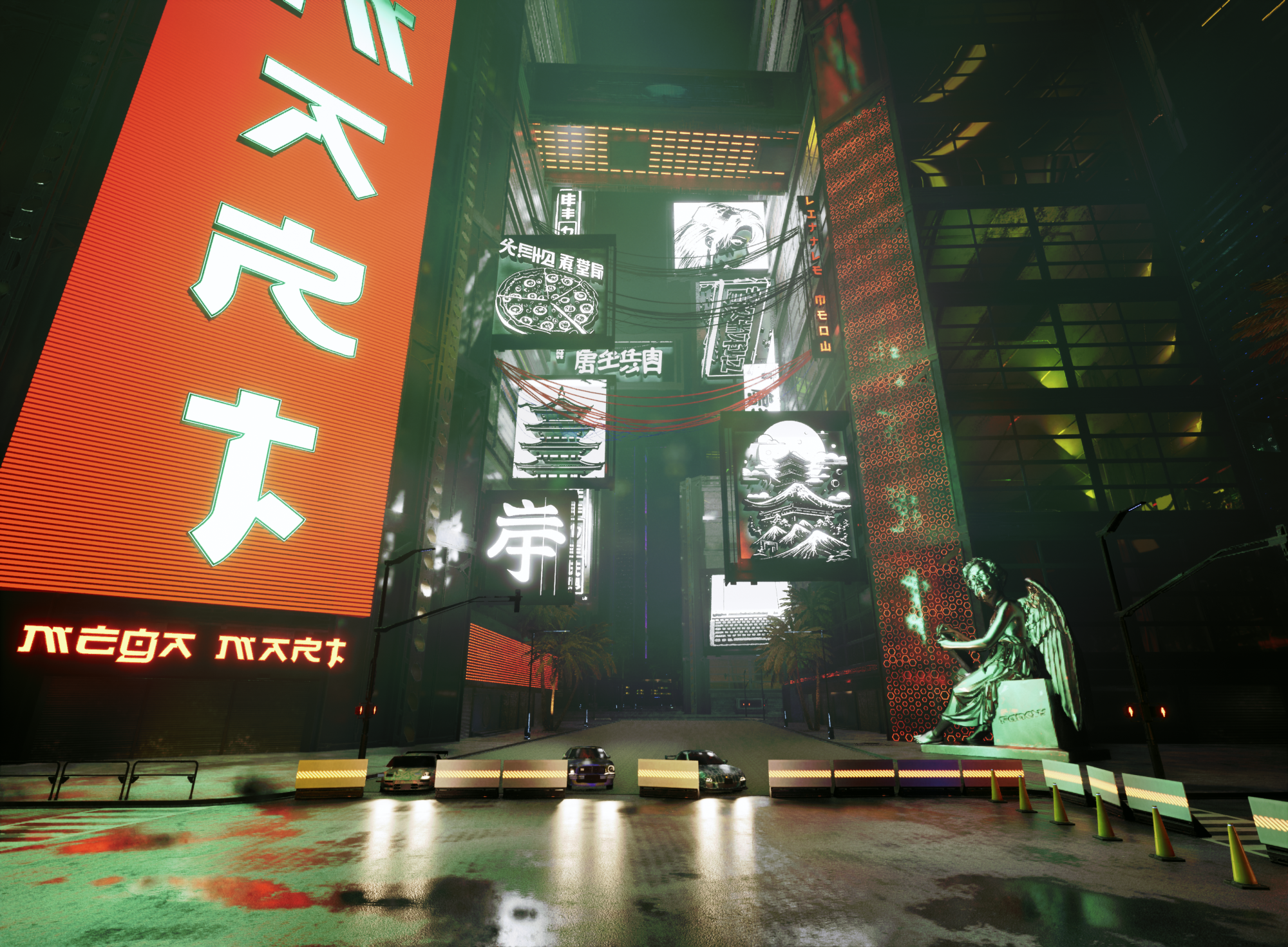
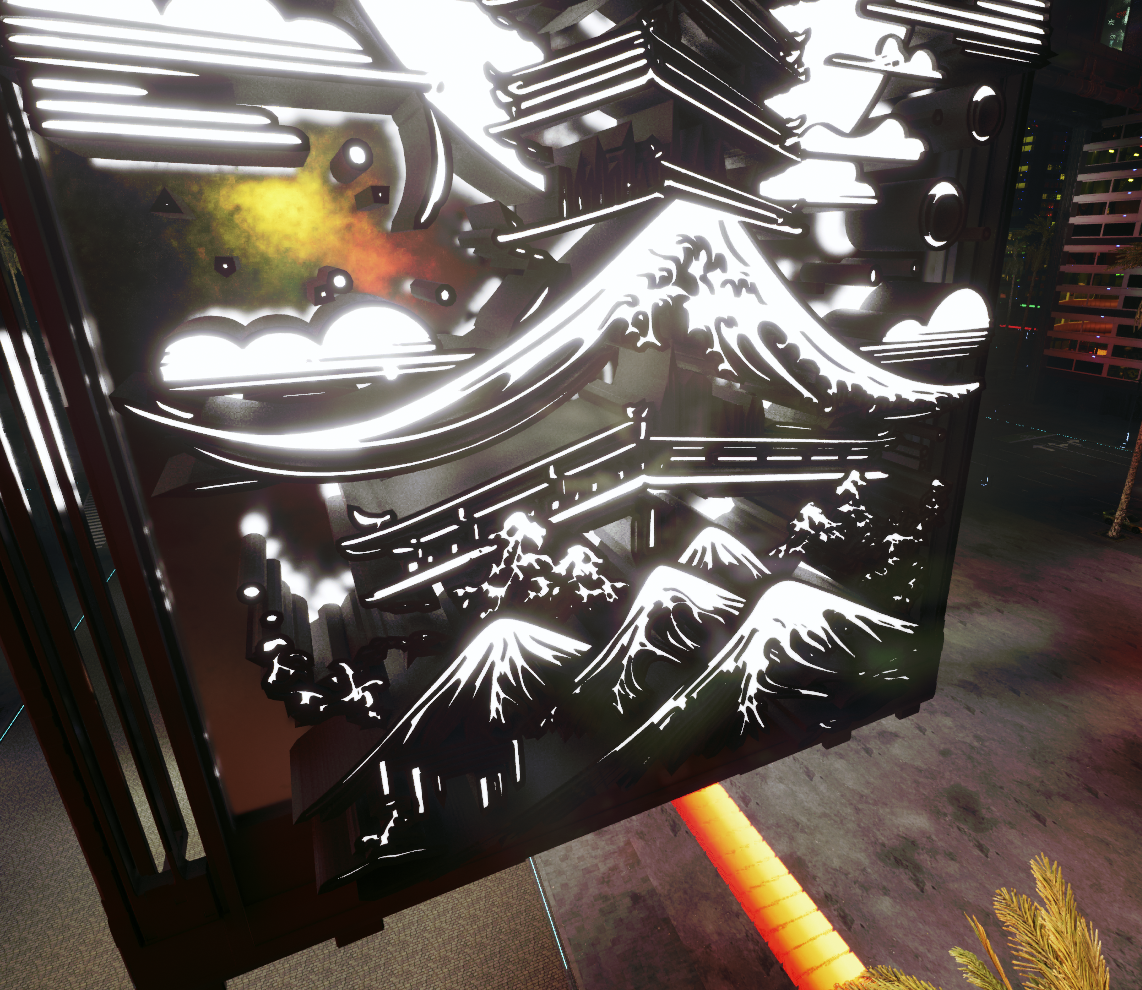
Cells and Stripes
To add patterns and lights to our building facades, two main systems were developed which allow for an almost infinite amount of pattern and light effect possibilities. These generators create a kind of screen geometry overlay on the outside of buildings. Cell uses grid cell geometries such as squares, triangles, and hexagons where Stripe uses arrays of line segments. Each tool is equipped with a suite of settings for different gradient and noise effects which influence position, scale, and rotation within grid arrays. Artists can choose any geometry and lighting color they desire to work with and all the parts are instances to maximize performance. Depending on the scale used, these systems can create anything from neon screens to full on large scale facade panels.
Scaffolding Generator
Our scaffold generation tool has been upgraded to comply with Wiami’s aesthetics by utilizing parts constructed from our artists. The system lets you assign walls as scaffolding systems, determine sizes, and set where ladders are. The scaffold system played a large part in the MIW construction zones which served as secret shortcuts for those daring enough to go through.
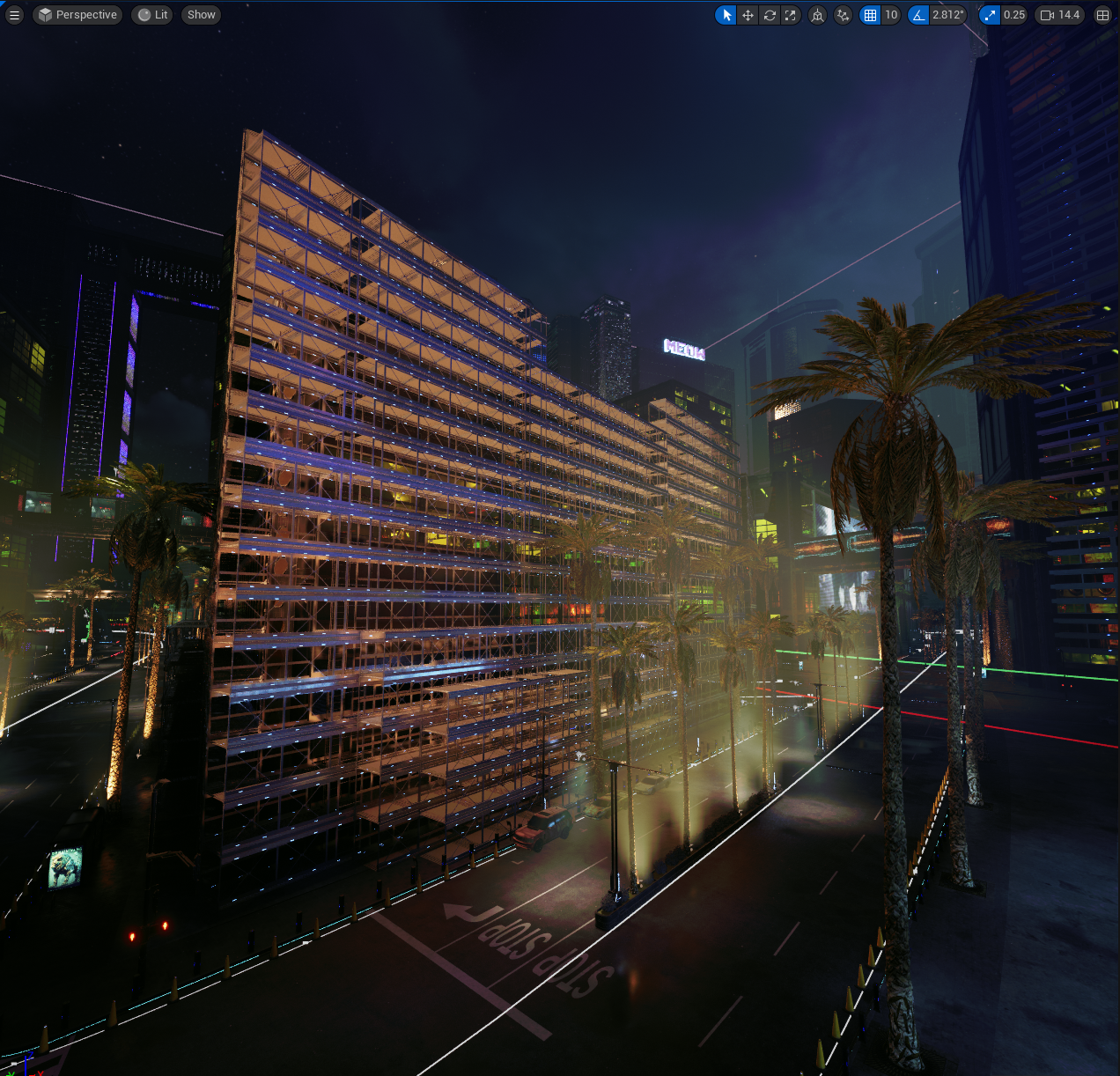
Asset Optimizations
Aside from procedural buildings, we also have a good amount of manually made special buildings which serve as icons throughout the city. Since these models are made manually they require a degree of post production optimization to be performant in the game environment. By way of custom procedural systems, these buildings go through an intelligent optimization process to ensure we do not lose their look and details while maintaining low amounts of overdraw.

Destructibles
While making the procedural systems we also have to consider the way characters and vehicles interact with the output in gameplay. One example is destructibles, where systems we make such as gates or scaffolds can fall and break when hit by vehicles. This was utilized in MIW primarily in the construction zone entrance and exit gates which you have to smash through to take the shortcuts.
Avatar
There's been a lot happening behind the scenes with the avatar creator, integrating metadata abilities to adjust colors and materials, as well as adding general extras that might not be immediately noticeable.
As usual, our focus is on creating highly modular systems. We have continued to finalize more modular pieces, and our modular hair & beard system adds a lot more flair to the characters. We now have Live Link up and running, spicing up the full interactive aspect. This will be an integral aspect of not only using your avatar in Wilder World, but also using it outside of Wilder World, on Zoom or ZERO messenger.
We've been investing time in a dedicated character rig for the main body, and next-level rigging for all clothing—a step up in quality. Optimization is a big deal for us; everything we've done leading up to MIW aims to make our characters AAA quality, with extremely high performance.
Now, there are options to blend between different unique head sculpts for more variety. We've introduced a new baking system using baked blend shapes not just in geometry but also in animations, providing the widest variety for characters.
New Face Blendshape System
New Hairstyles
New Modular Beard System
Wheels
The Wheels team collaborated closely with the world team to craft an engaging racing experience. The closed circuit racetrack placed through Little Meow highlights Wiami's incredible architecture, building lighting, and key areas of Wiami's metaverse. Despite the challenge of glimpsing everything at high speeds, many Wilders opted for a slower ride to appreciate the complex architecture. Those focused on winning races discovered hidden shortcuts and paths in construction or dark allies not visible on the normal map.
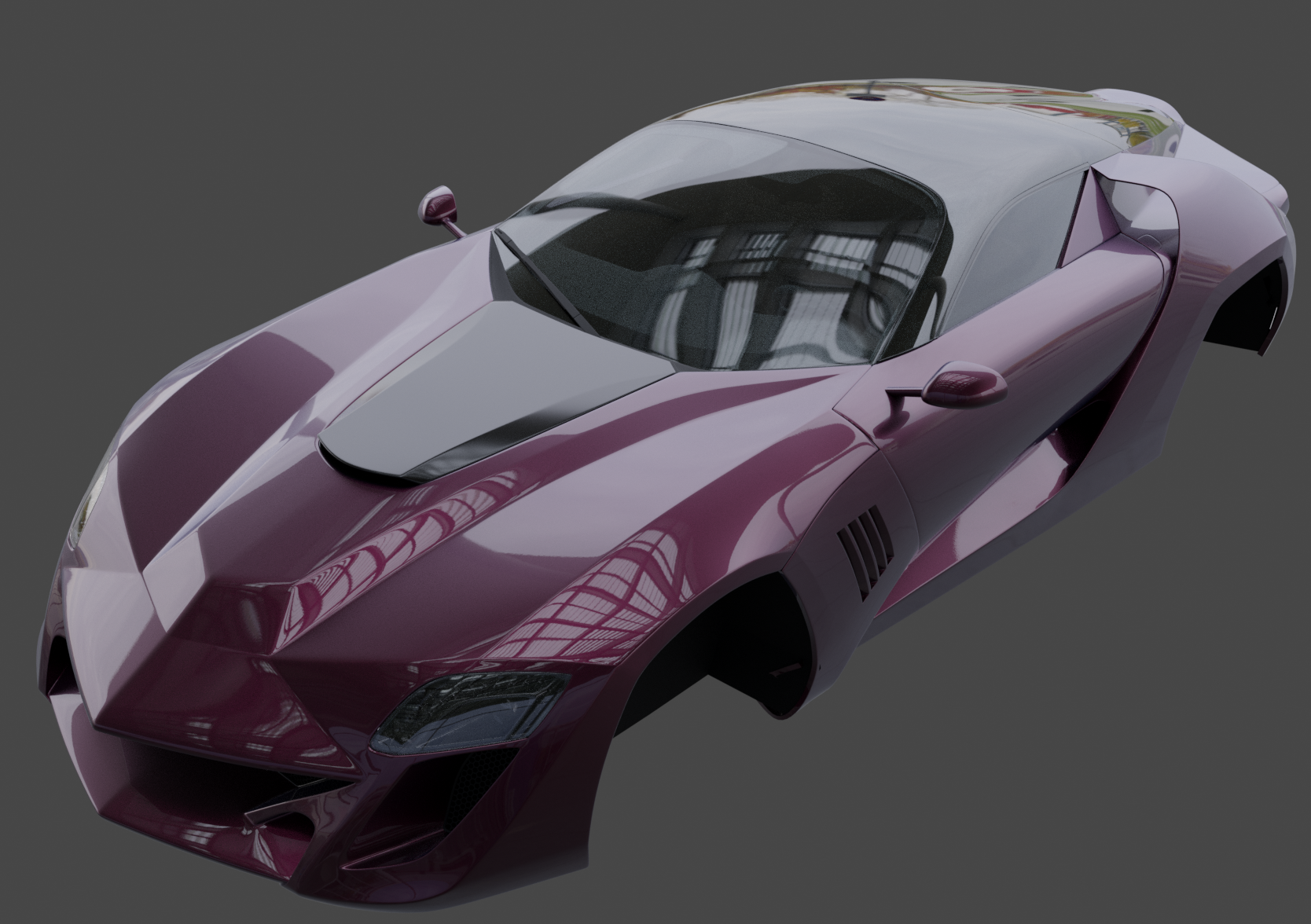
For this special occasion, the two available cars from the Wheels NFT collection underwent a full rebuild, appearing in-game with higher quality modeling, texturing, and materials. This revamp was just a glimpse of the remarkable transformation awaiting the Wilder Wheels collection in the coming months. Stay tuned! In addition to the full vehicle remodel, all textures and materials were also upgraded. The car paint, for example, was completely redone and now has that lovely metallic finish. We've implemented a full suspension rig and modified color application for faster, easier results. There's also a new decal system that automatically places car badges/number plates and allows for easy customization with individual nameplates.
Chaos physics — Unreal Engine's native vehicle physics for handling — was significantly modified to enable significantly higher quality racing physics from prior version. There really is no comparison to all prior vehicle handling systems and what we have now. Racing finally feels good and is awesome.
The sound team reproduced engine sounds accurately, working closely with the wheels team to implement more precise and important sounds and dynamic systems for better experiencing vehicle reactions. MIW is compatible and works well with a wide variety of force feedback steering wheels, as well as controllers, and keyboards.
Despite positive initial feedback on vehicle handling, the wheels team continues to improve the racing experience, working towards an even more precise driving experience. Our objective is to ensure high-end force feedback steering wheels can convey all the natural handling characteristics of each specific vehicle. The team is implementing a brand new physics engine for a "future-realistic" driving experience. In this alternate universe with advanced technology, the goal is to recreate vehicle performance based on proper physics but with futuristic elements. Initial tests are promising, and the wheels team could not be more excited about what is going to happen next.
Conclusion
As Wilder World evolves, it's clear that our vision of transforming a network of digital assets into a captivating, next-generation gaming realm is taking shape. The creation and debut of "Midnight in Wiami" has been pivotal, signaling a leap towards realizing the vast potential of the metaverse.
Wilder World’s dedication to pioneering new paths and fostering community interaction is crucial in nurturing a dynamic and thriving metaverse. We will continue to operate that way as we build.
With the impending release of the Open Alpha in Q2 of 2024, and the planned expansion of the metaverse, we as a Wilder Nation have a lot to look forward to in the coming months.
We could not be more happy with the results achieved in Q4 2023. We would like to thank the entire team and community for the significant milestone achieved, and the many years that went into making MIW a reality. We hope our results speak for themselves.
See you in the metaverse.
The Wilders
